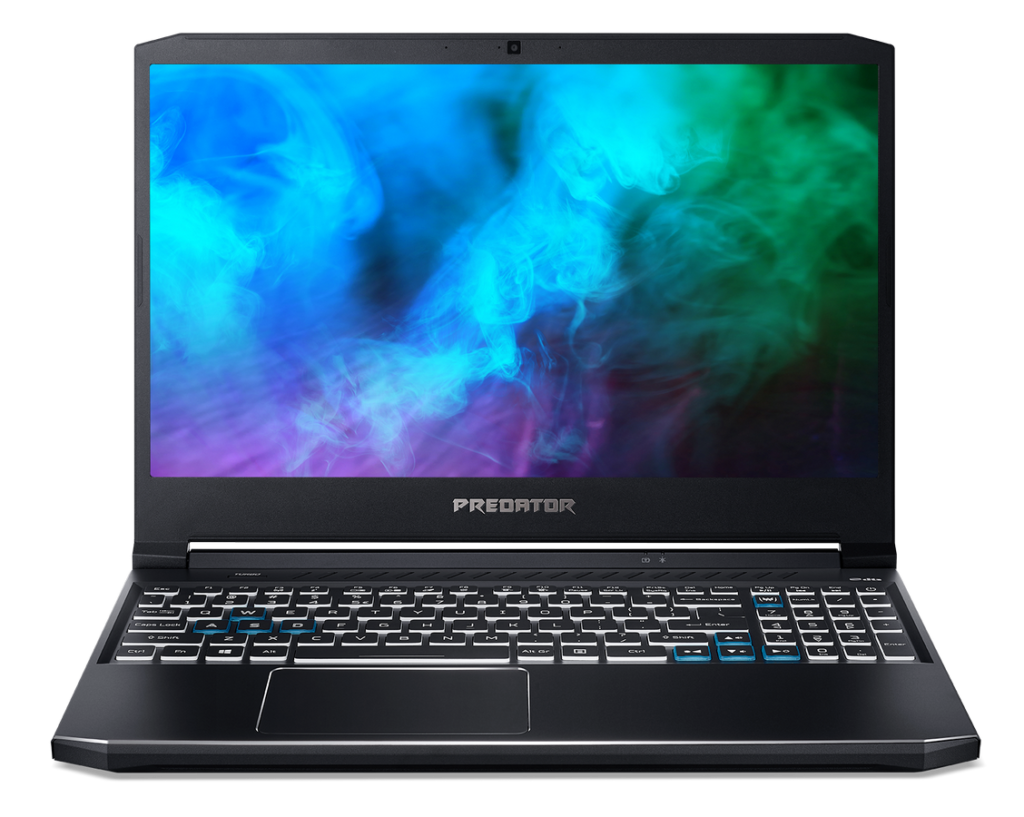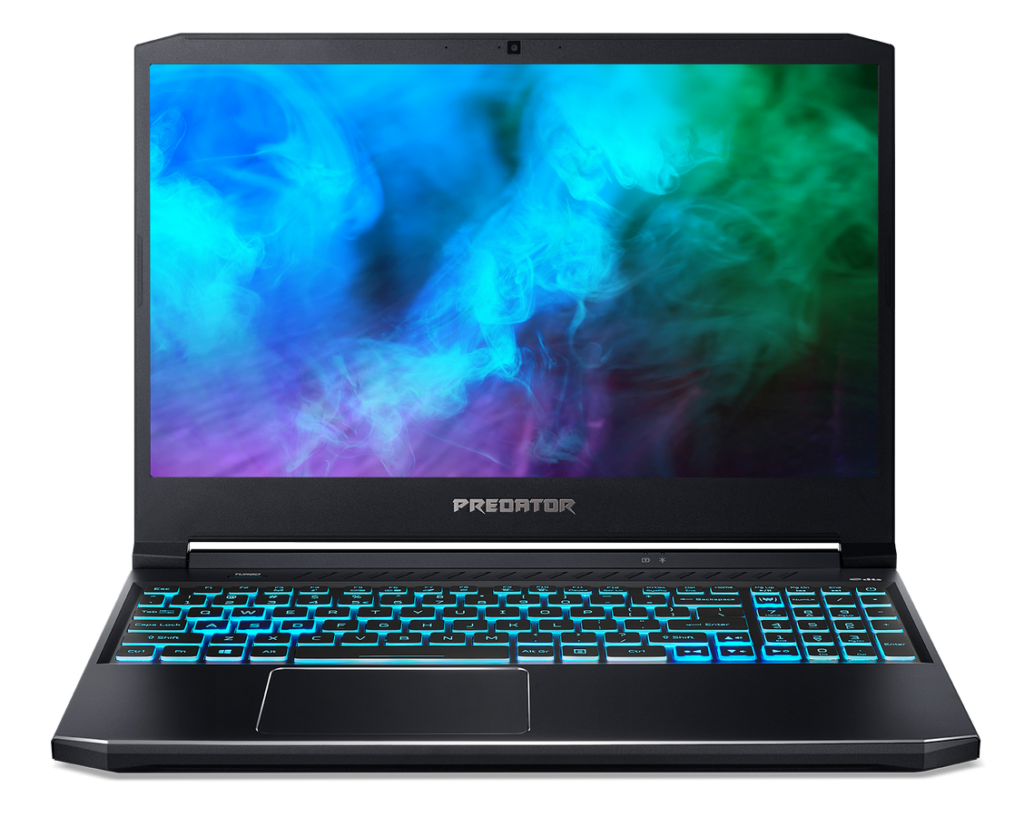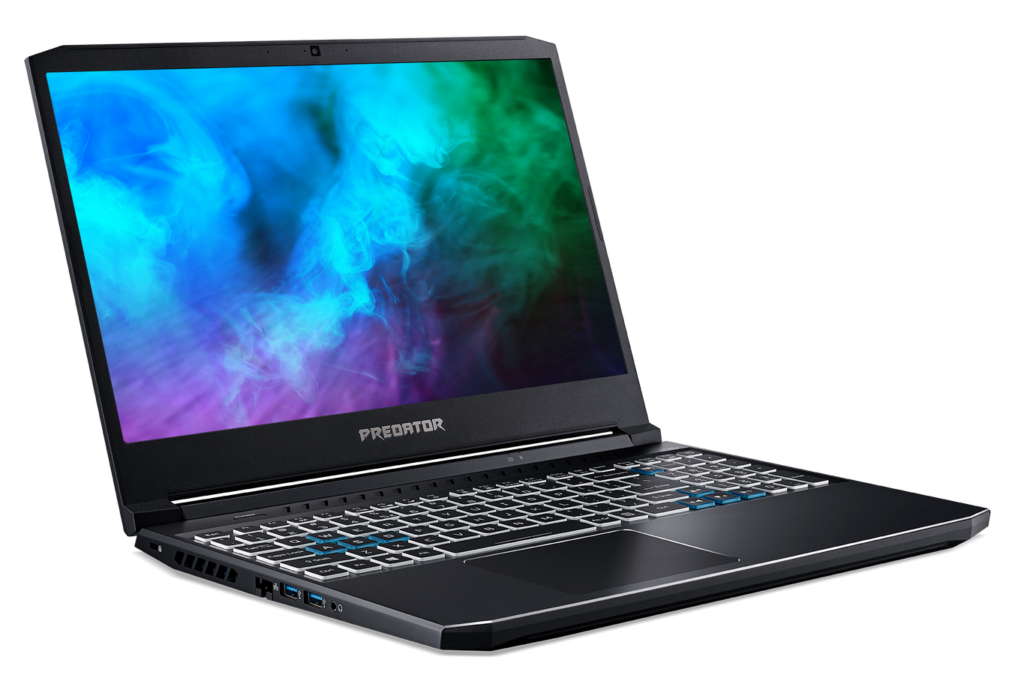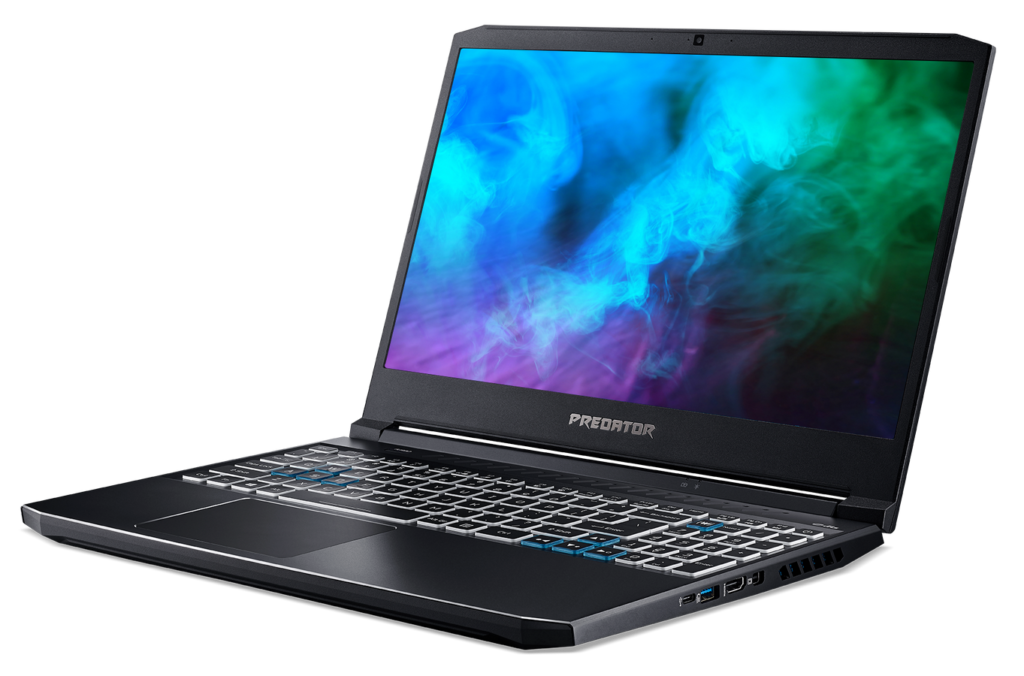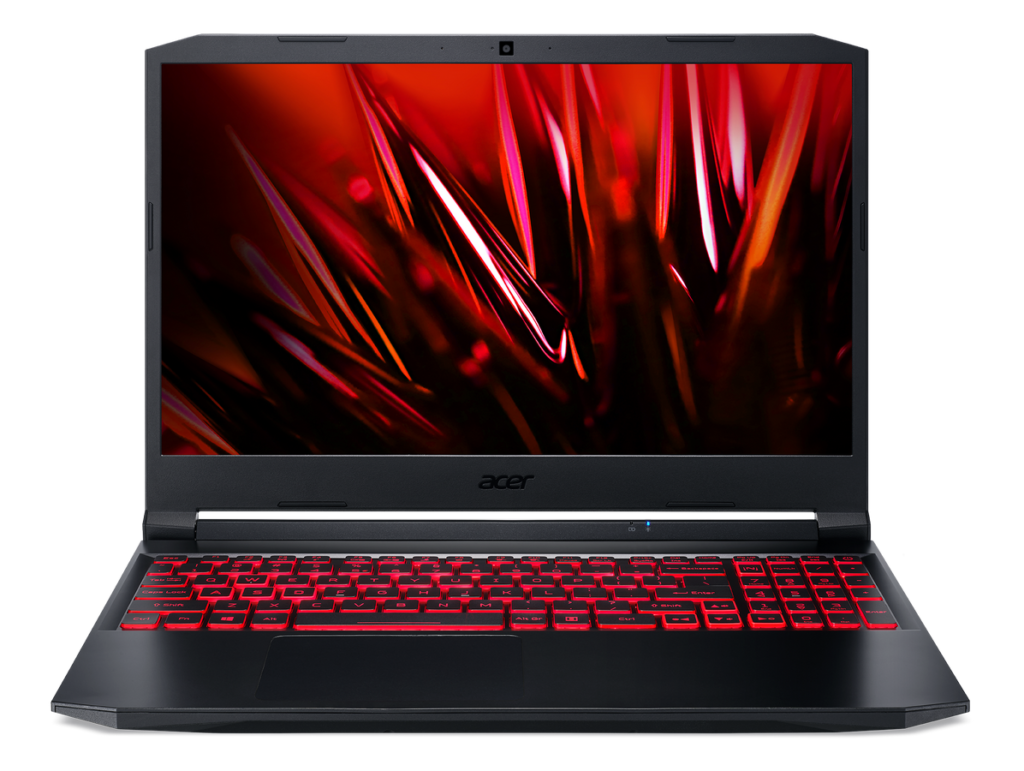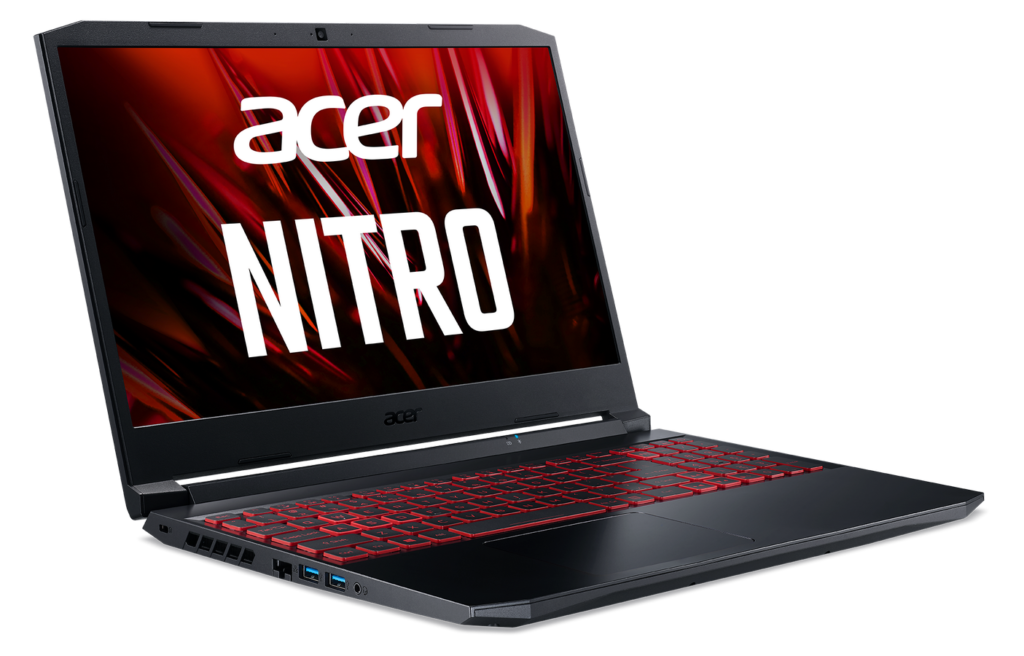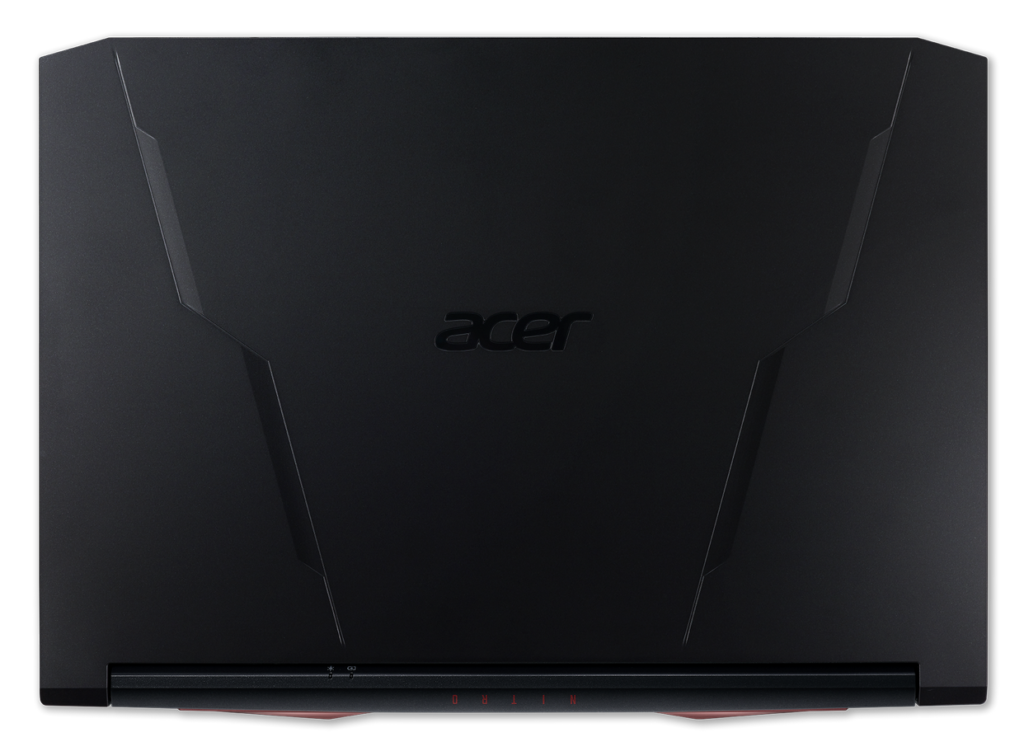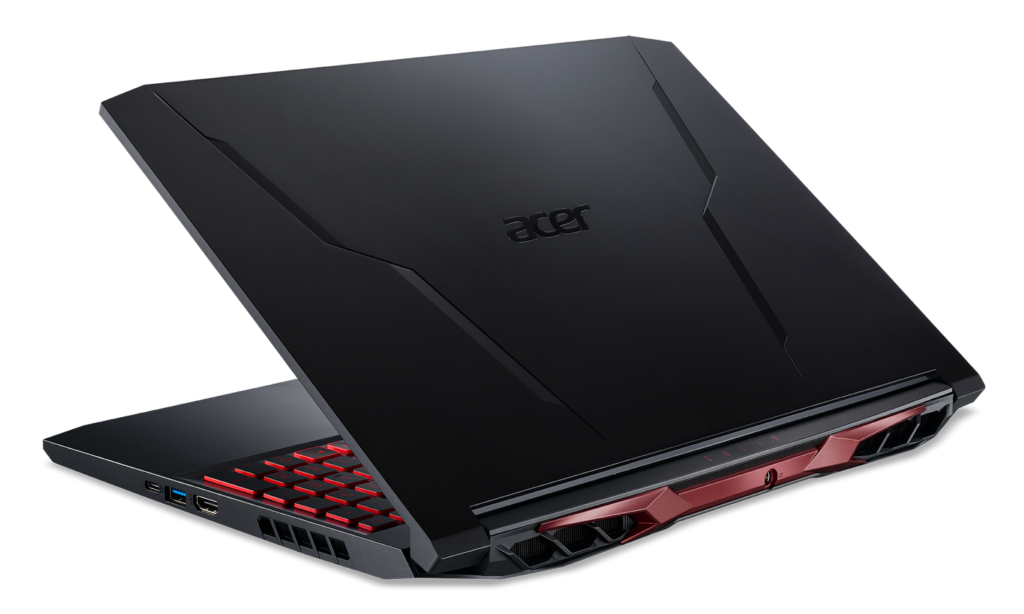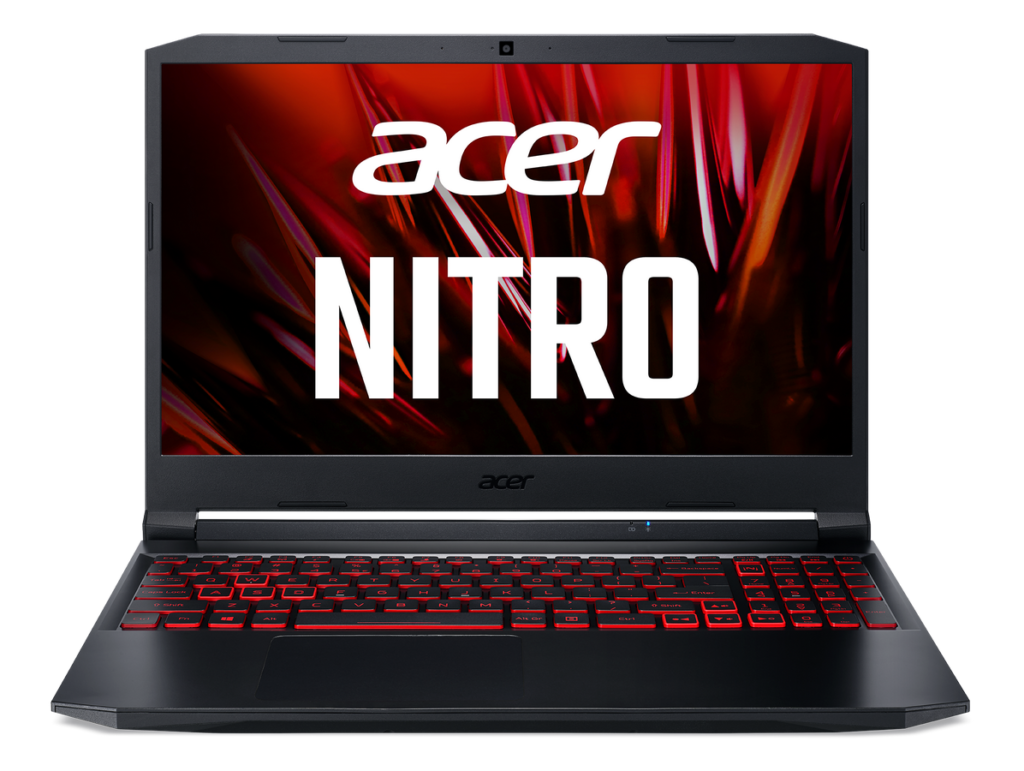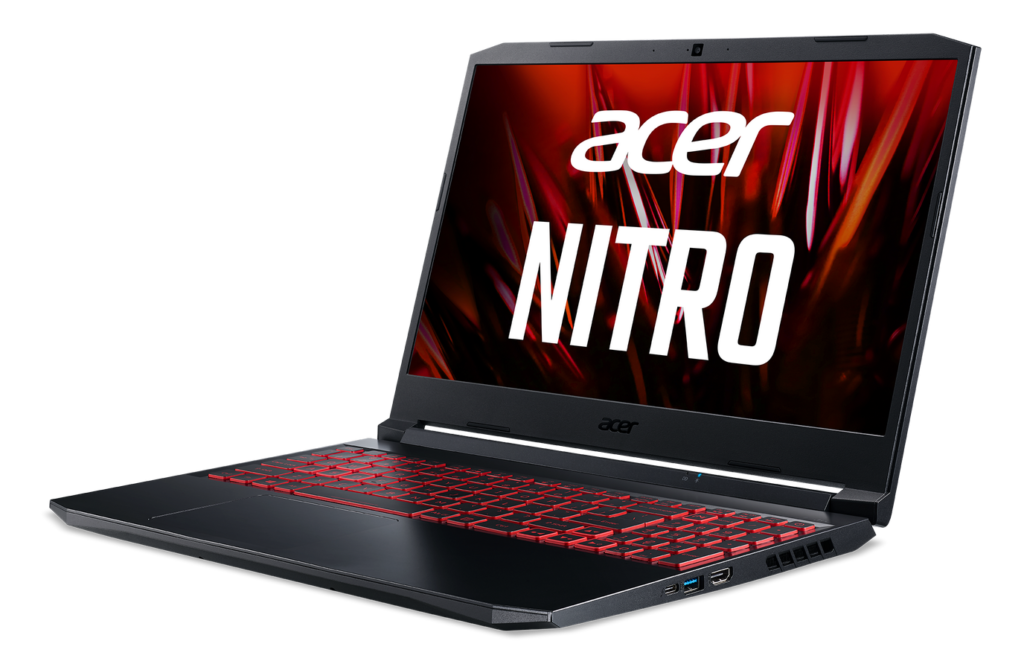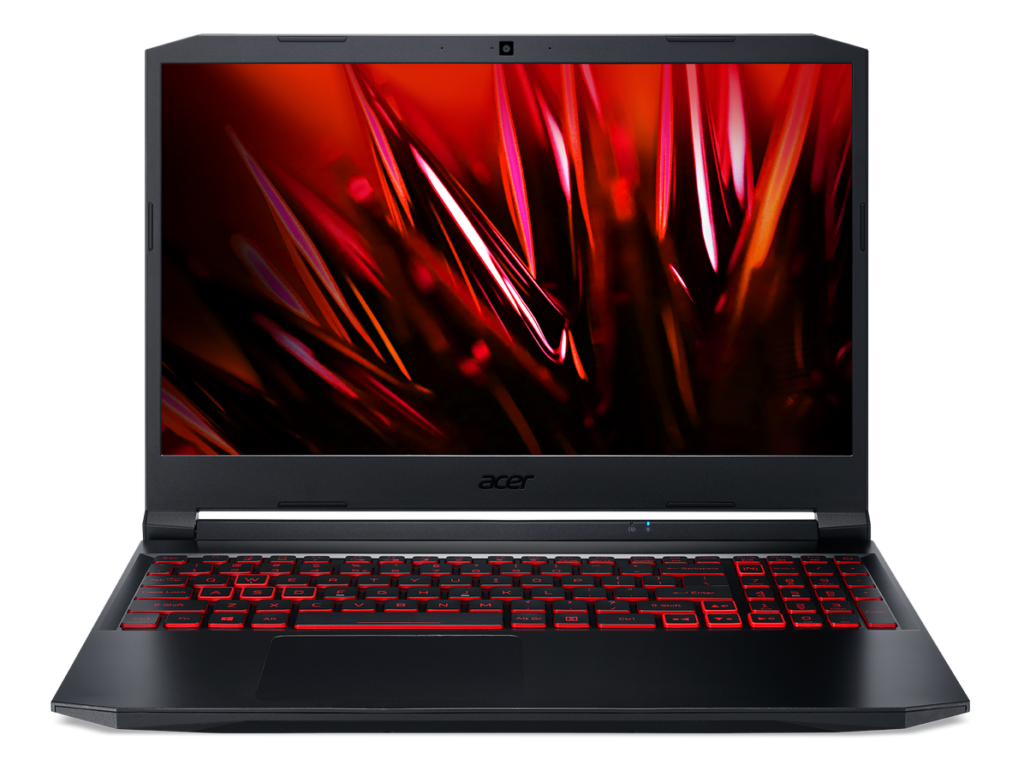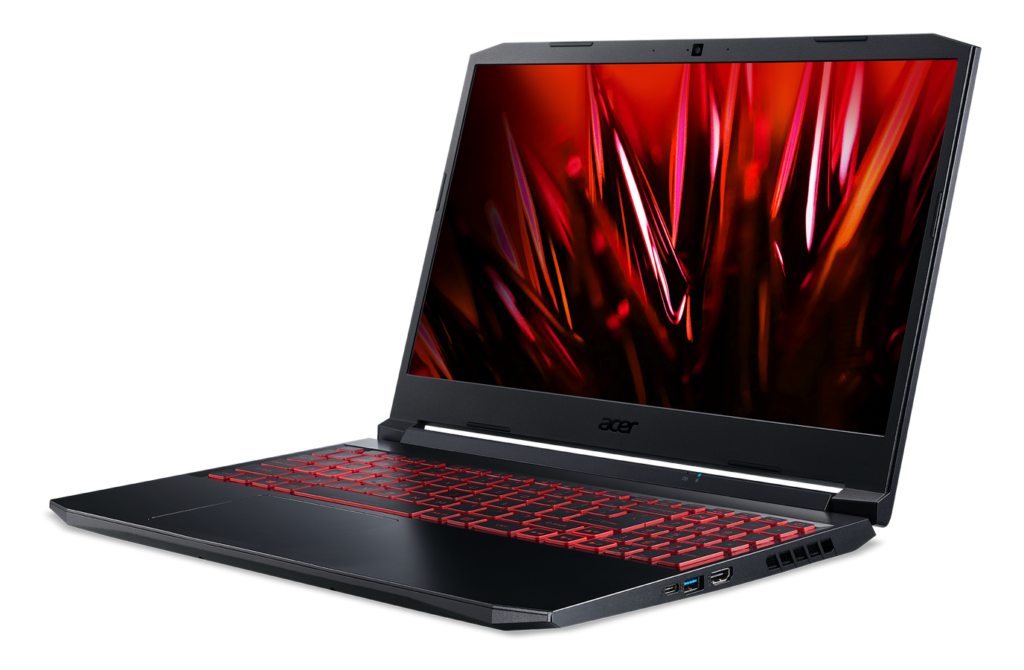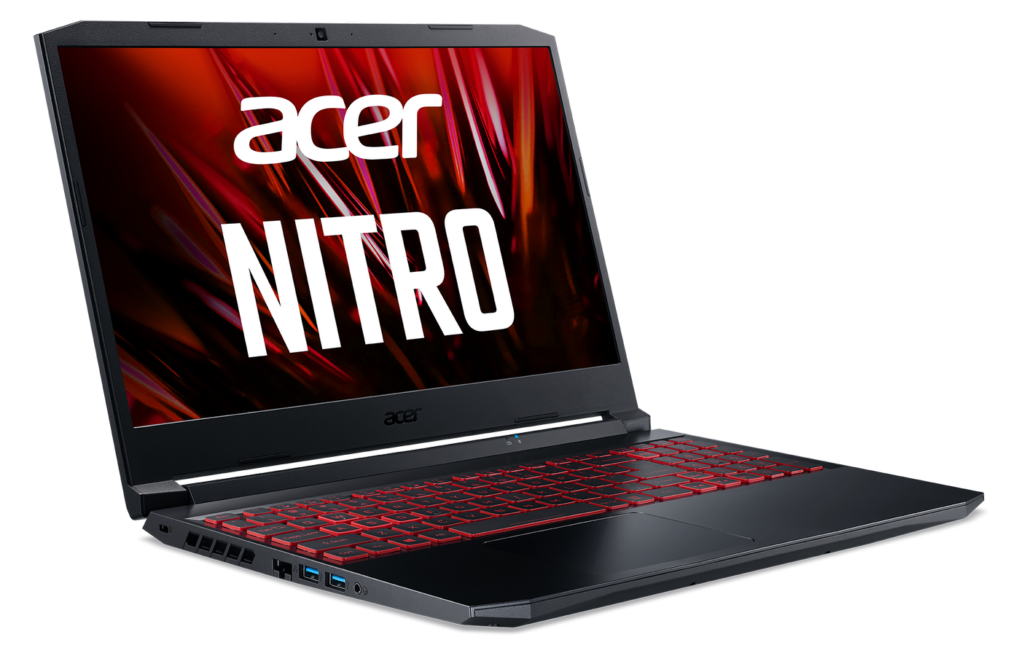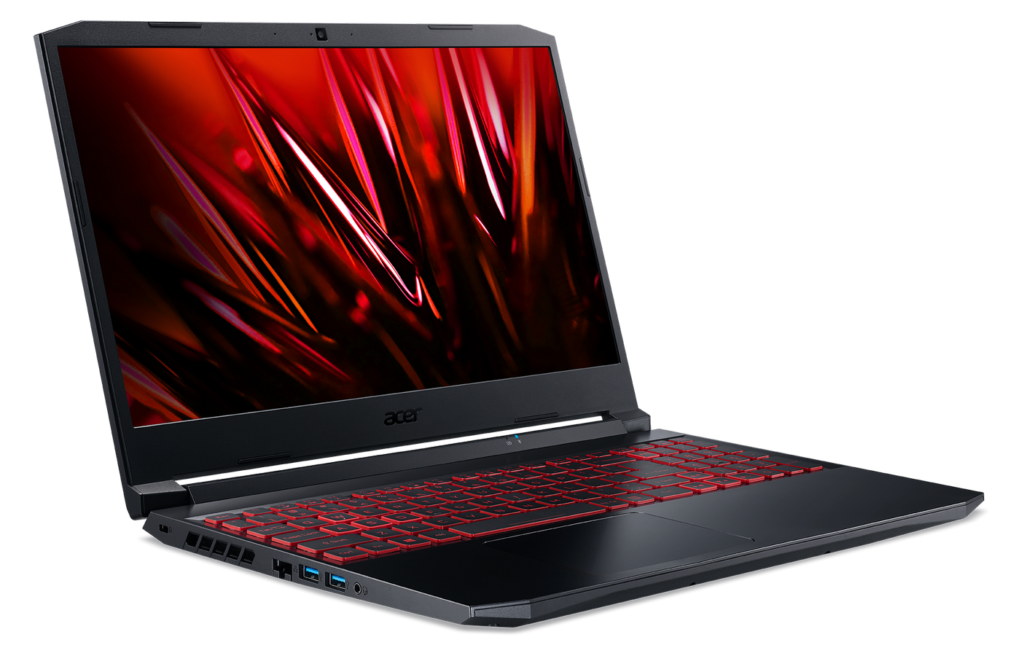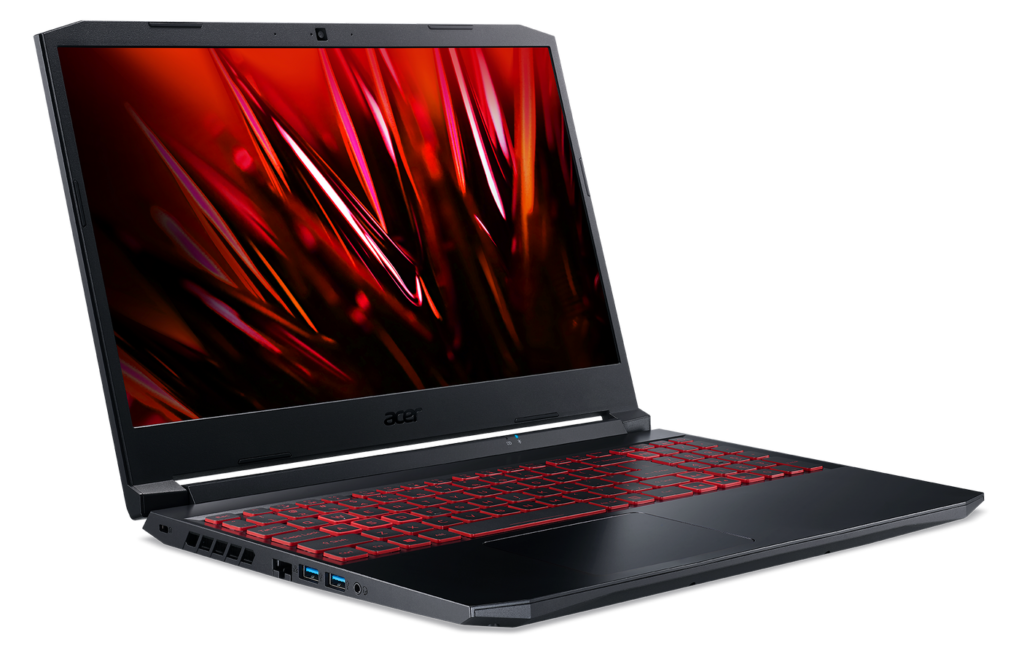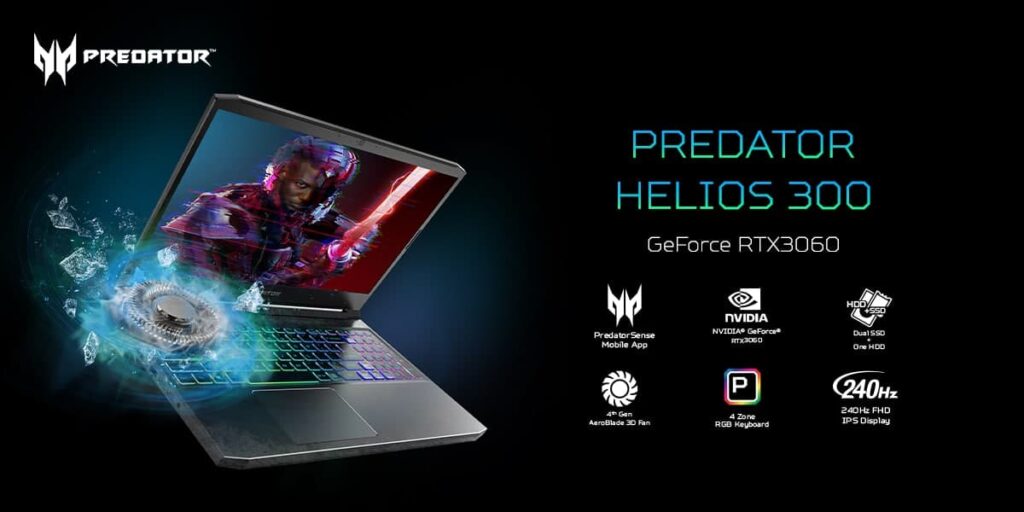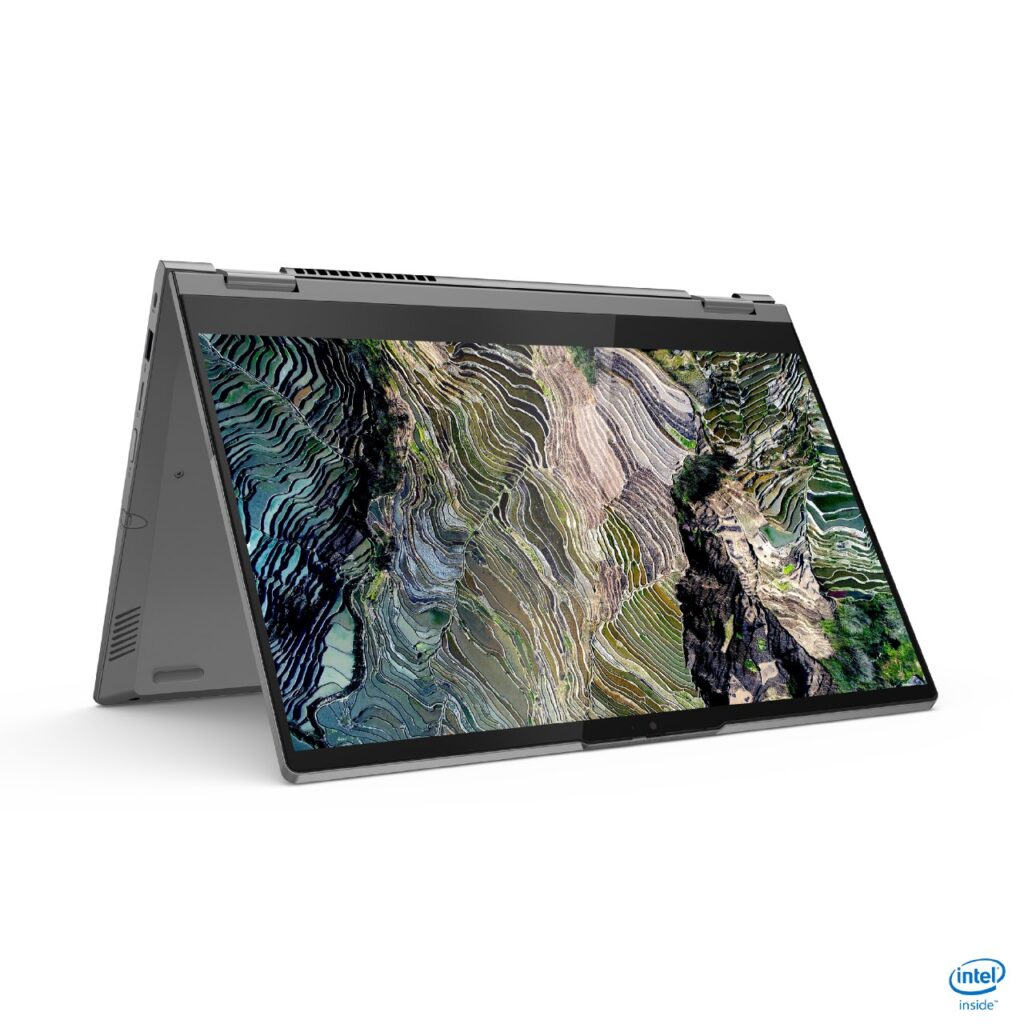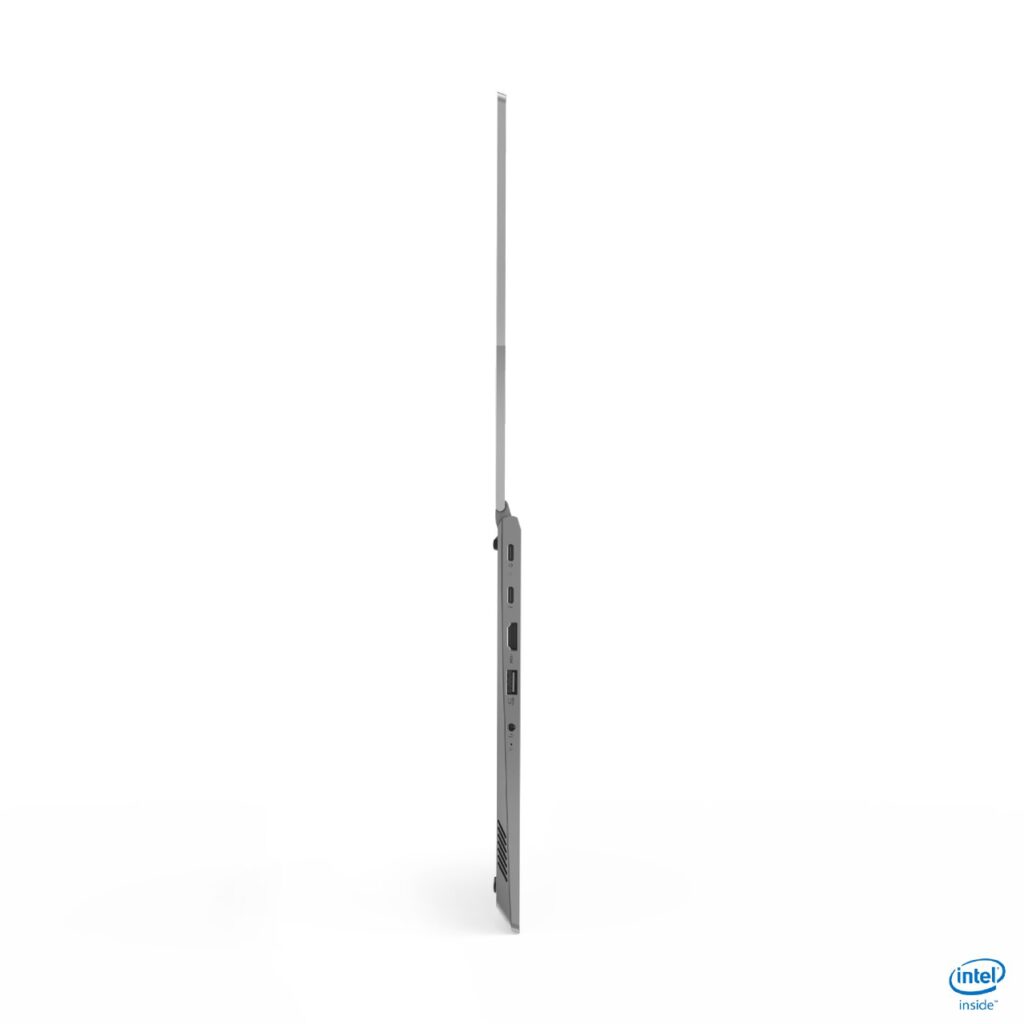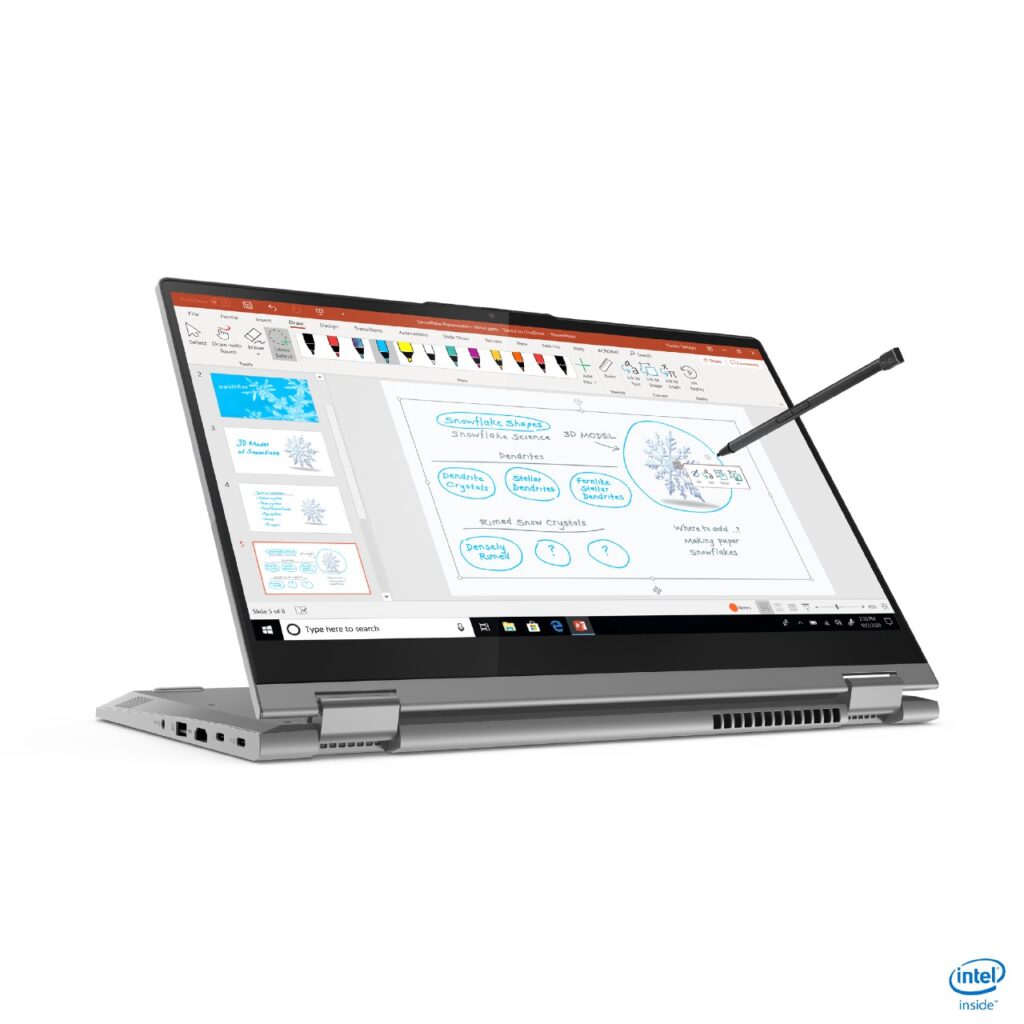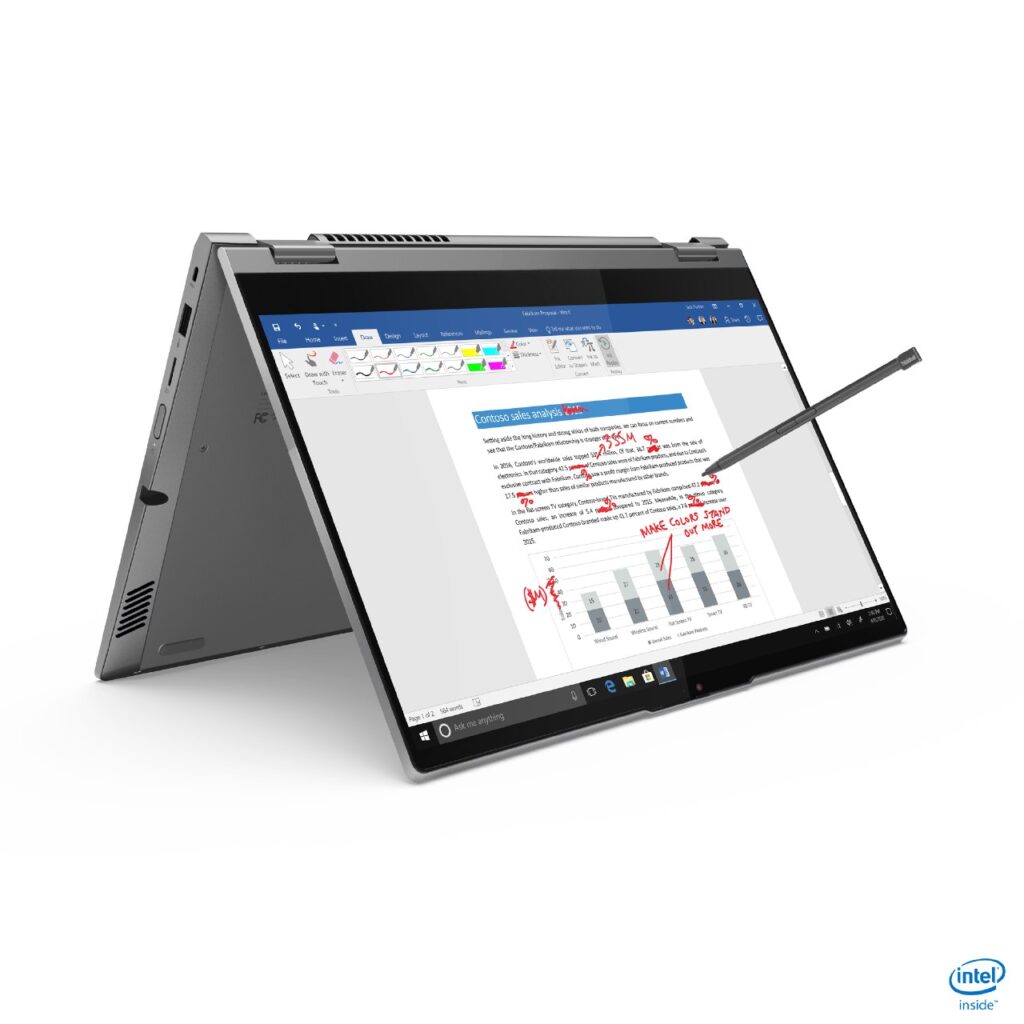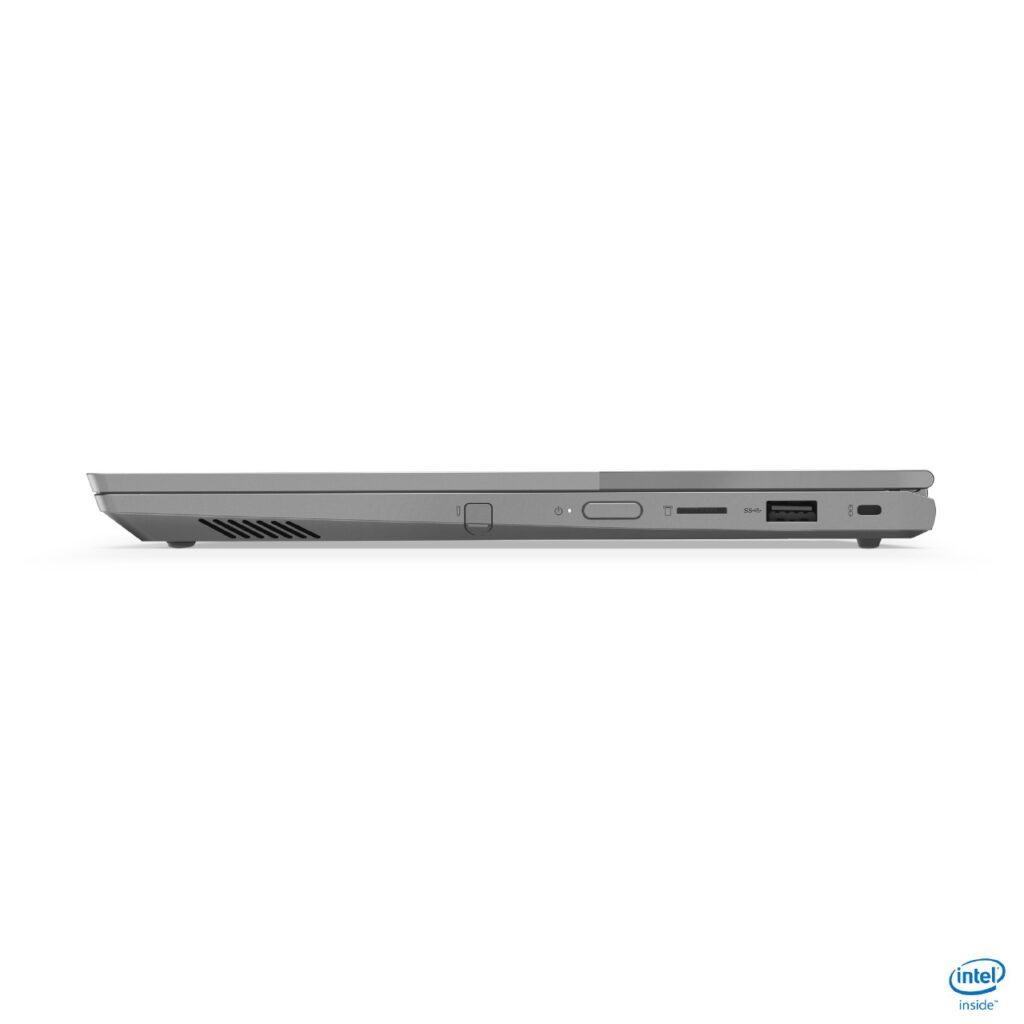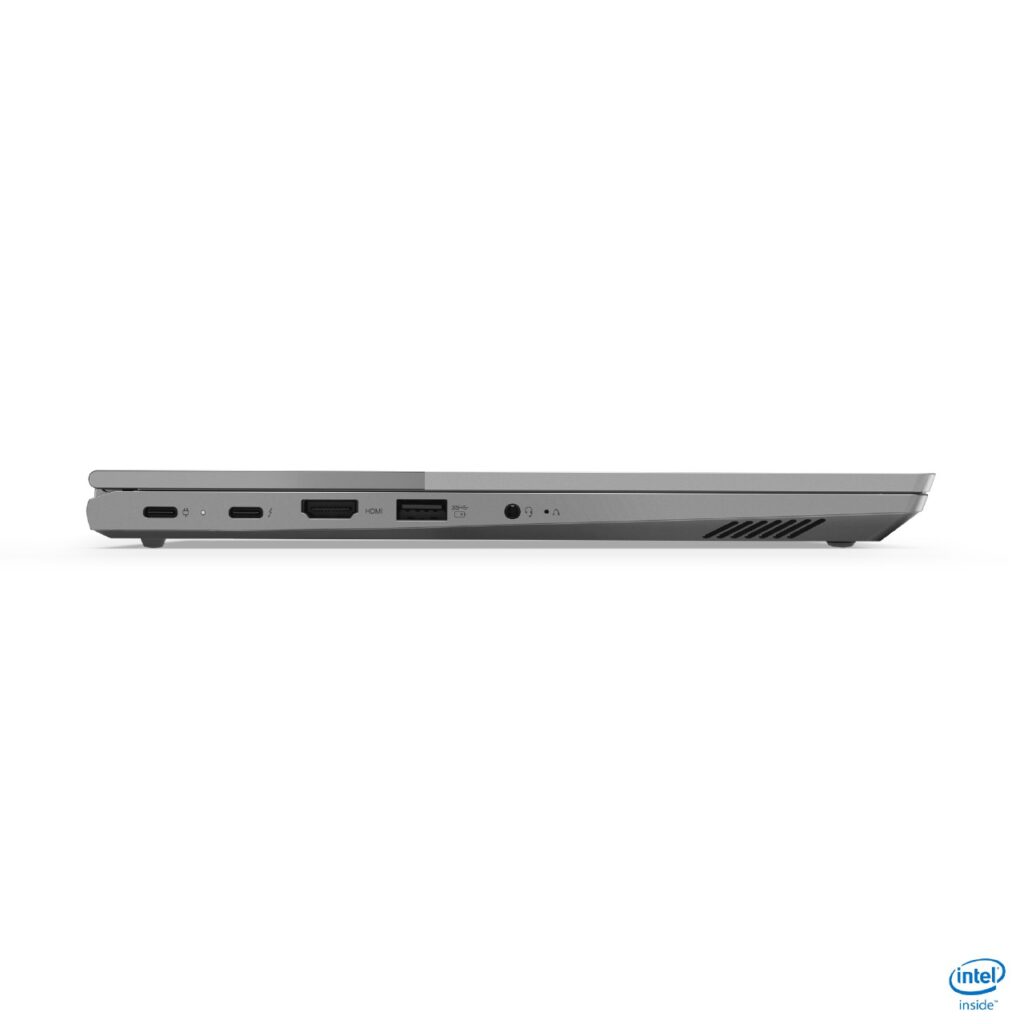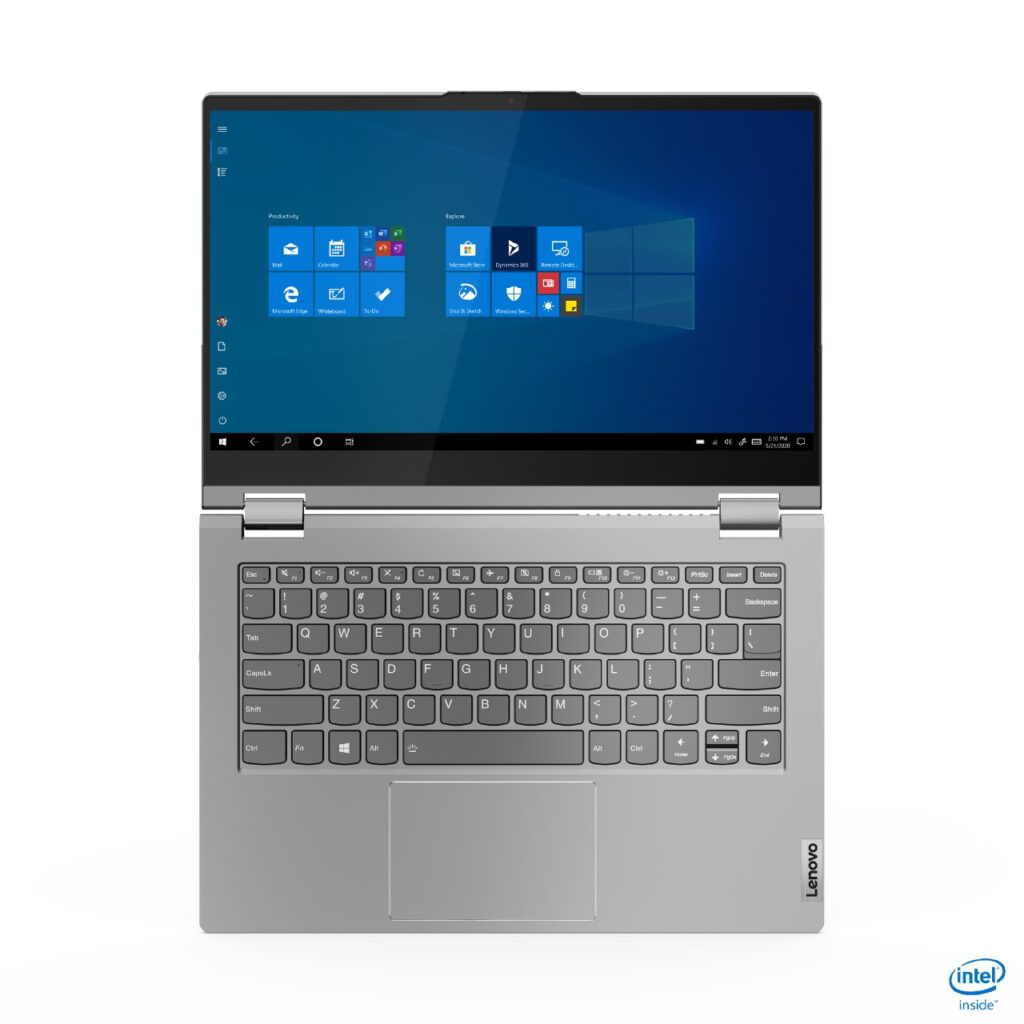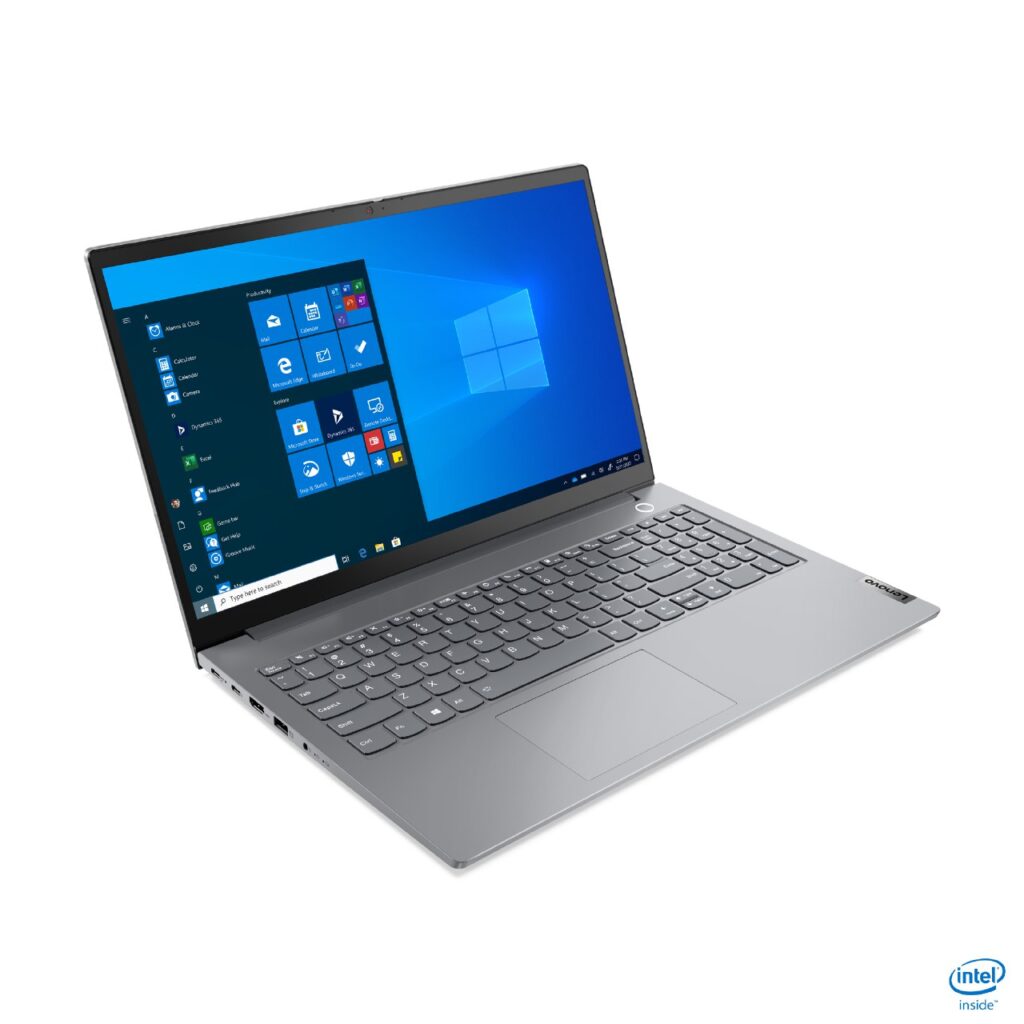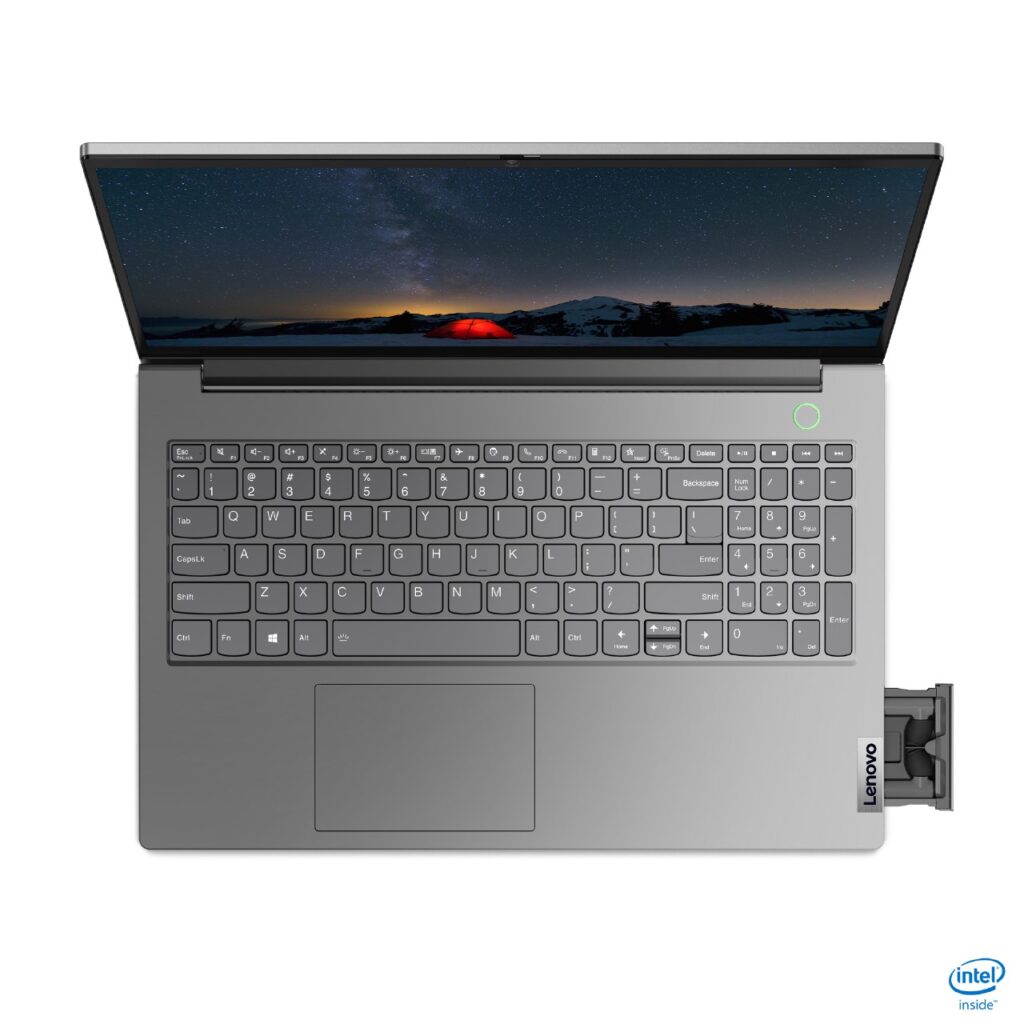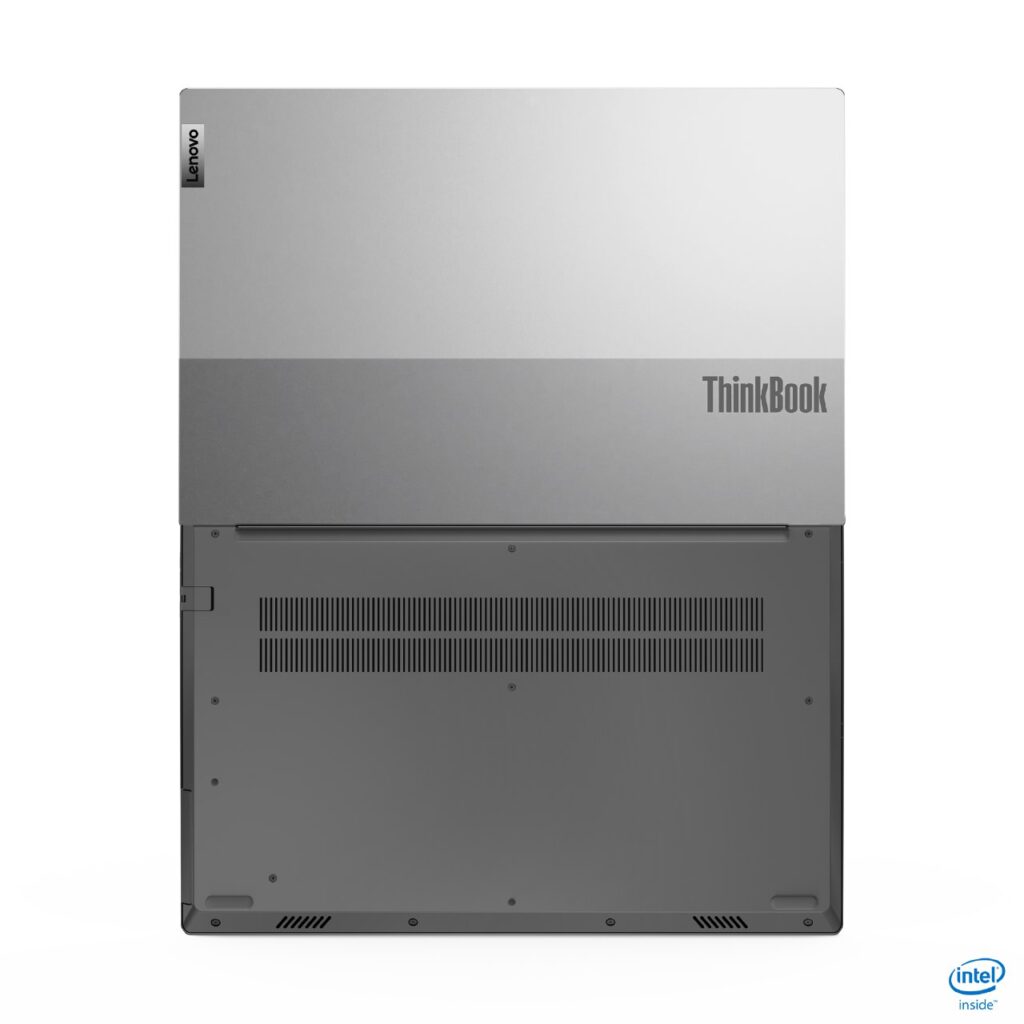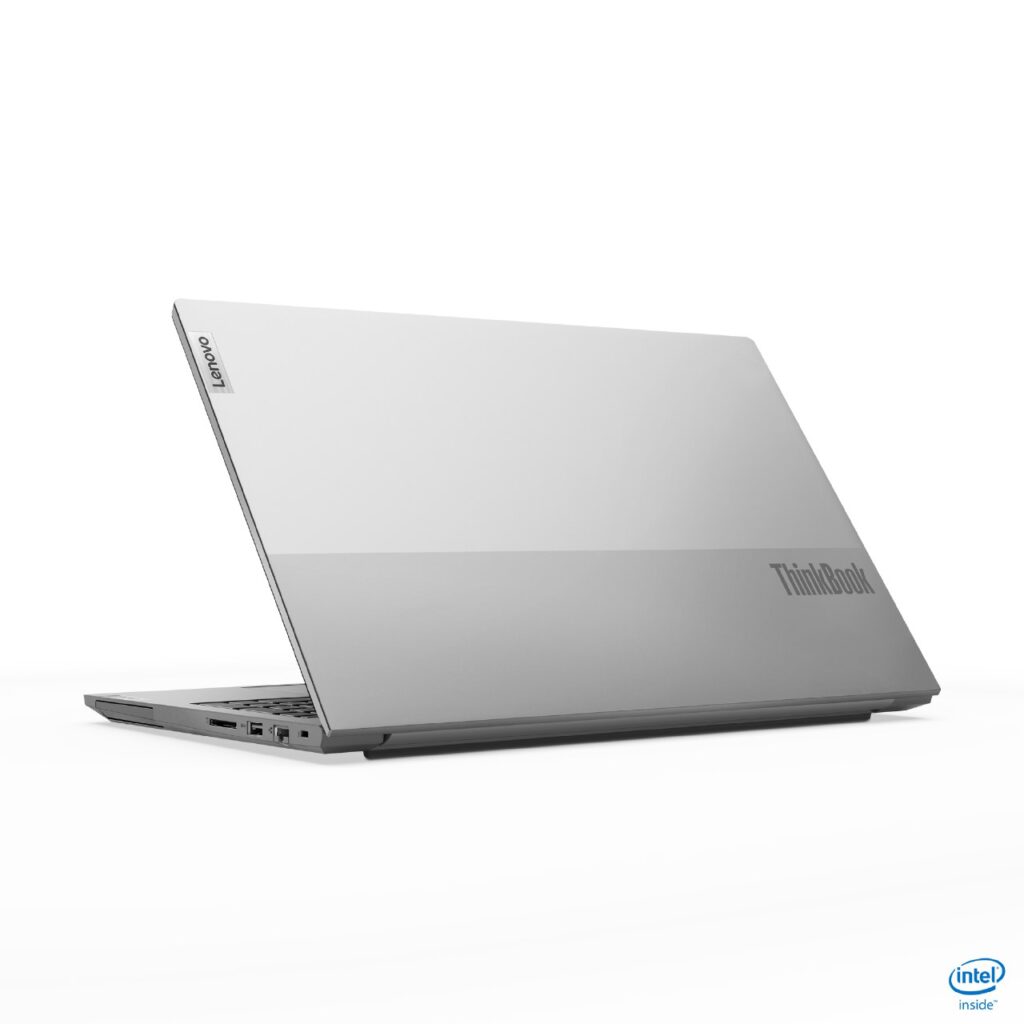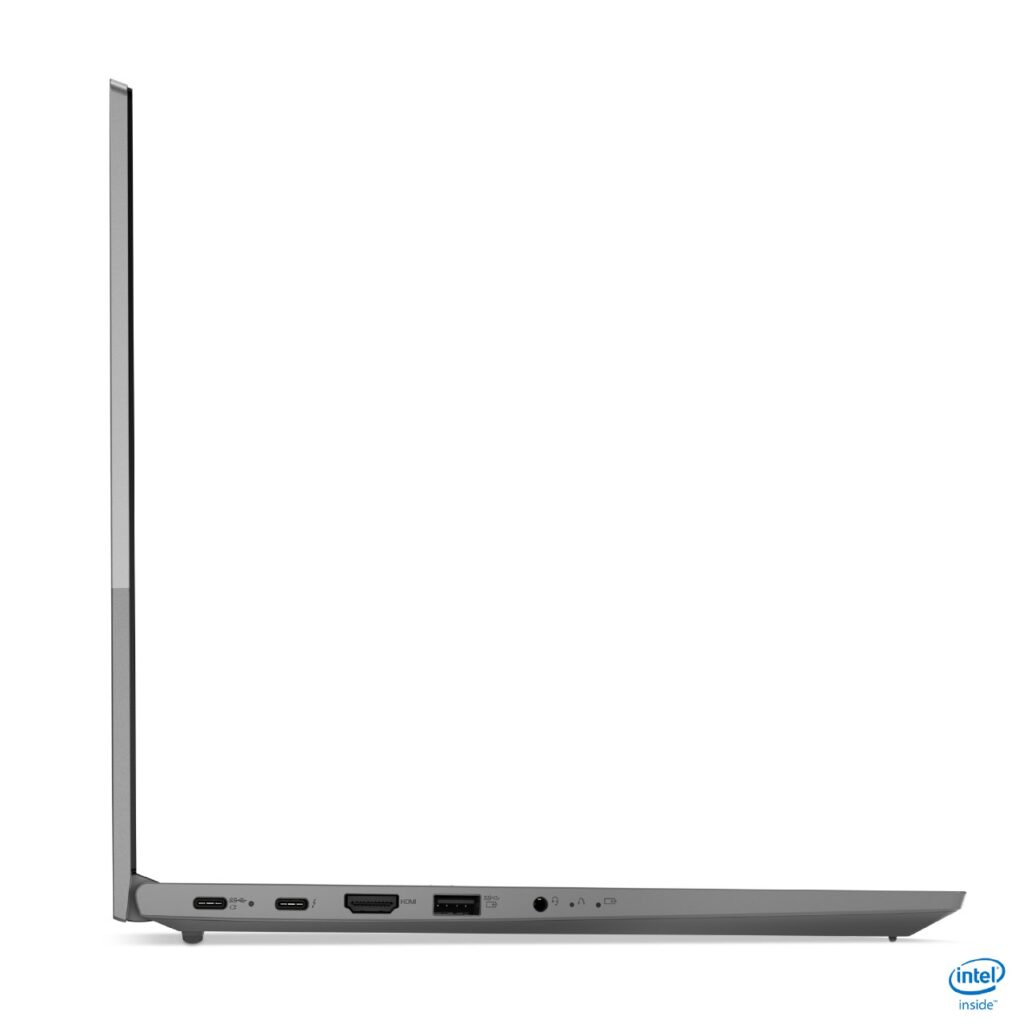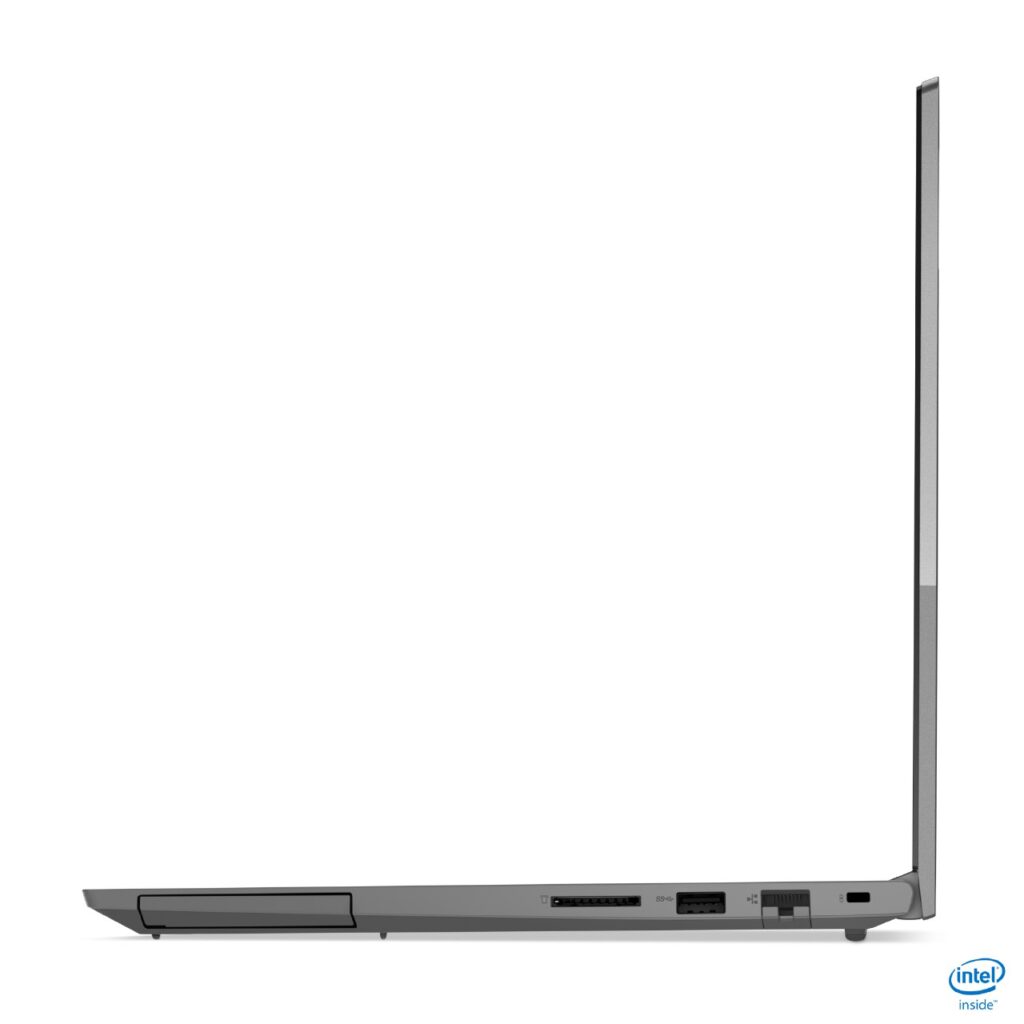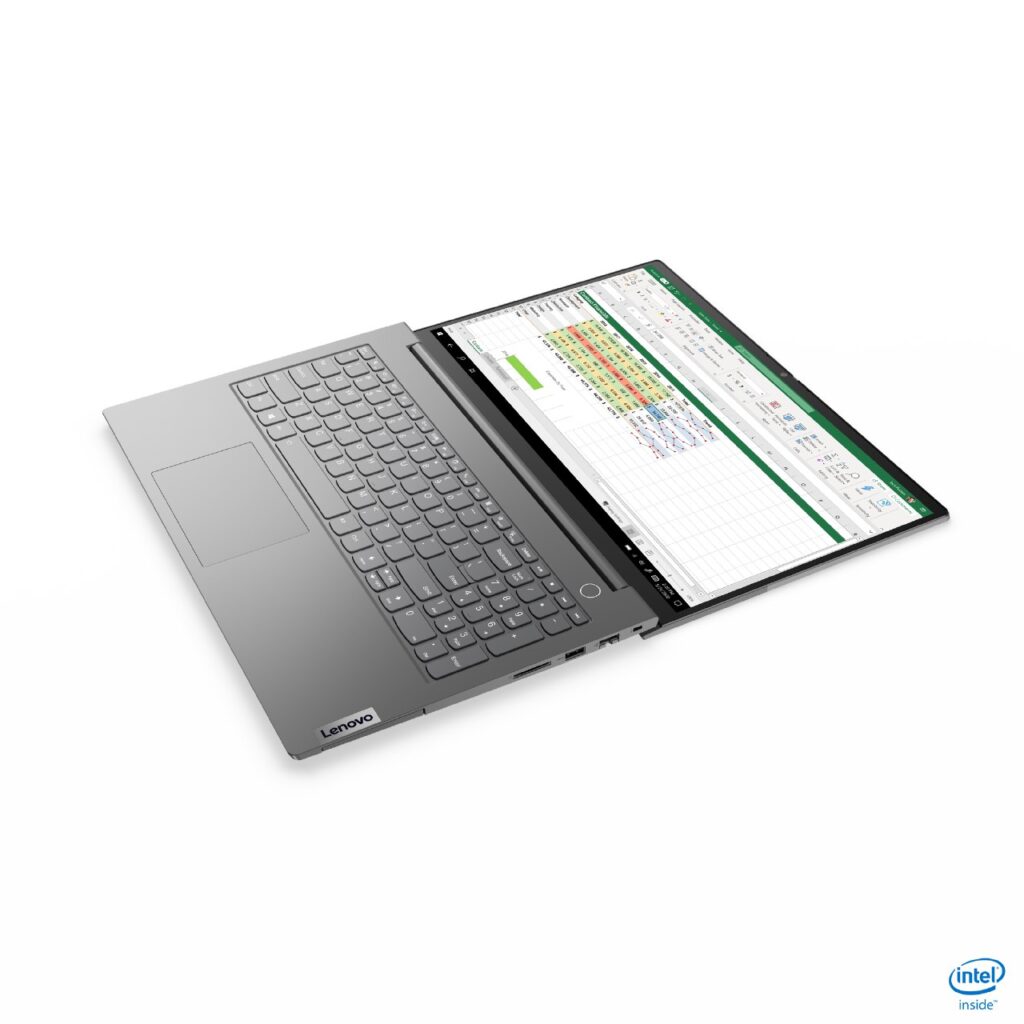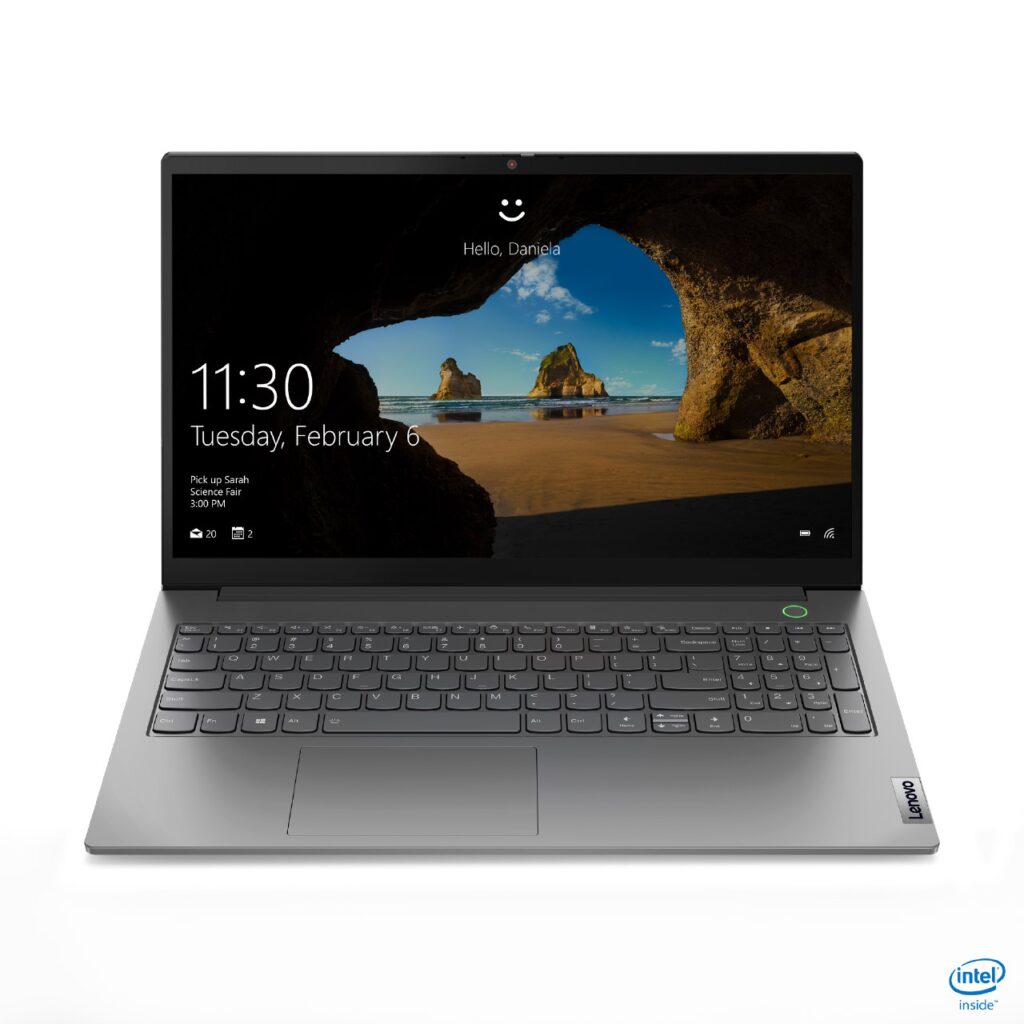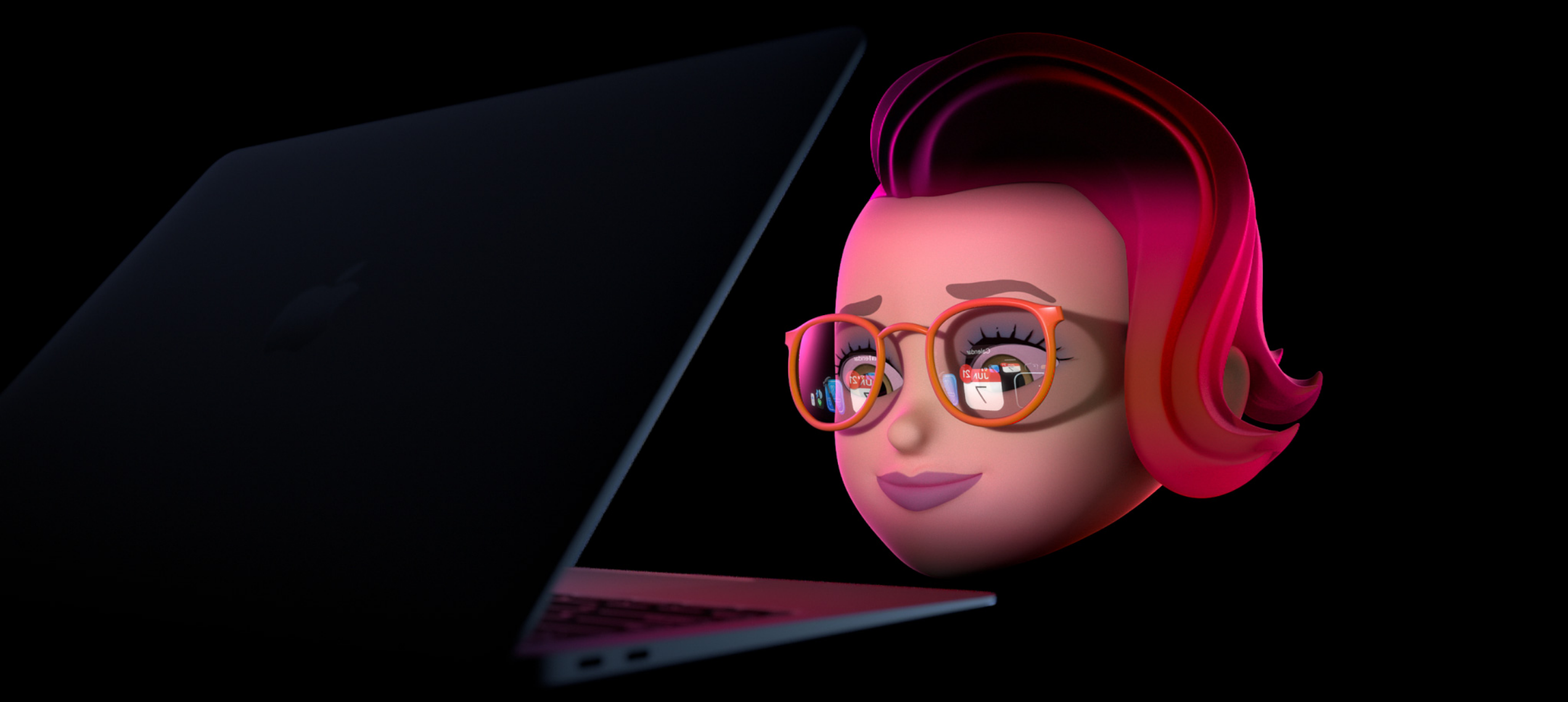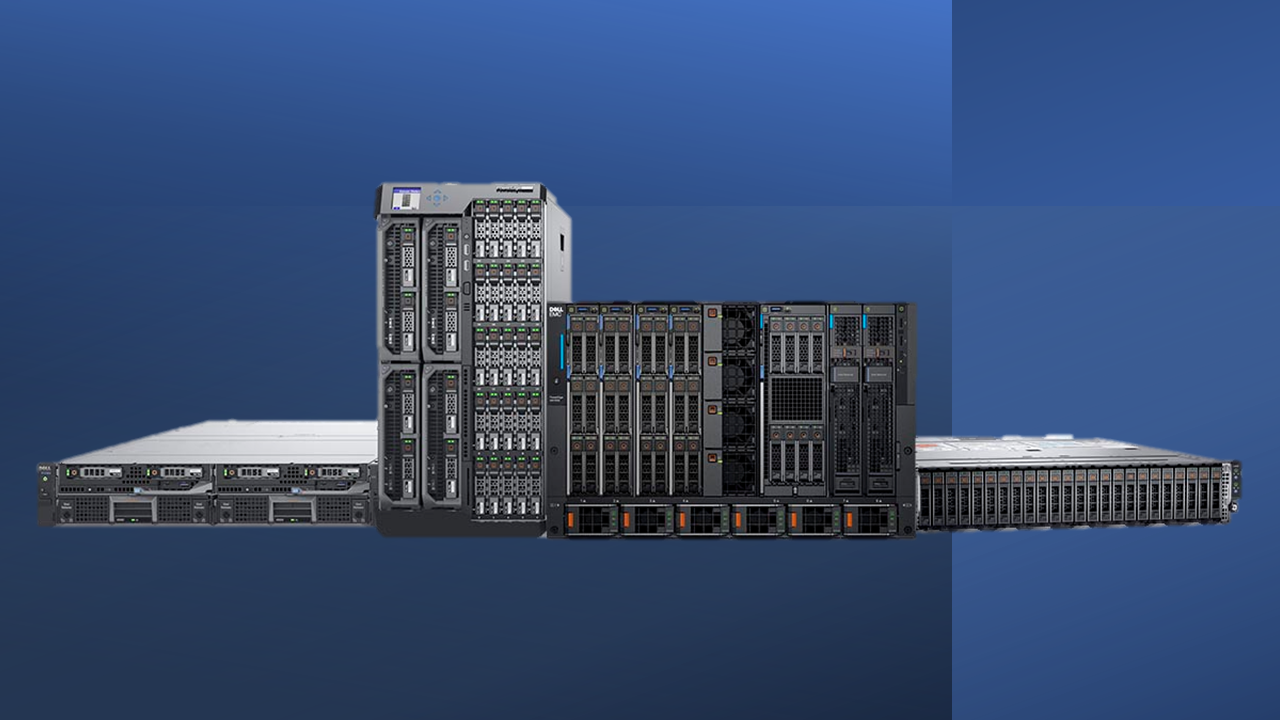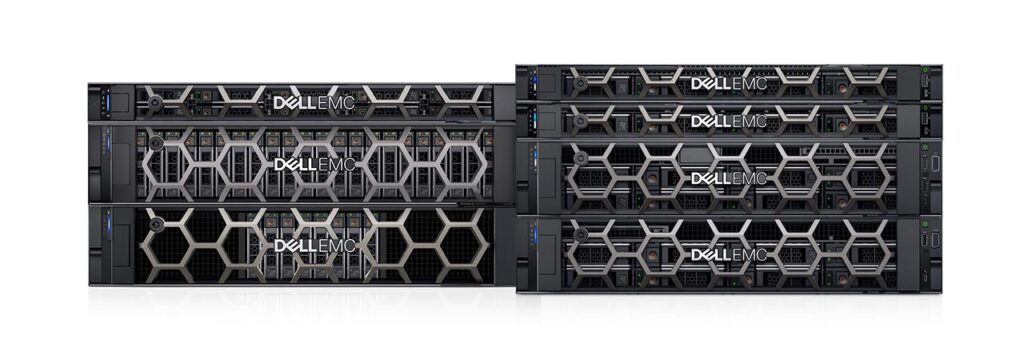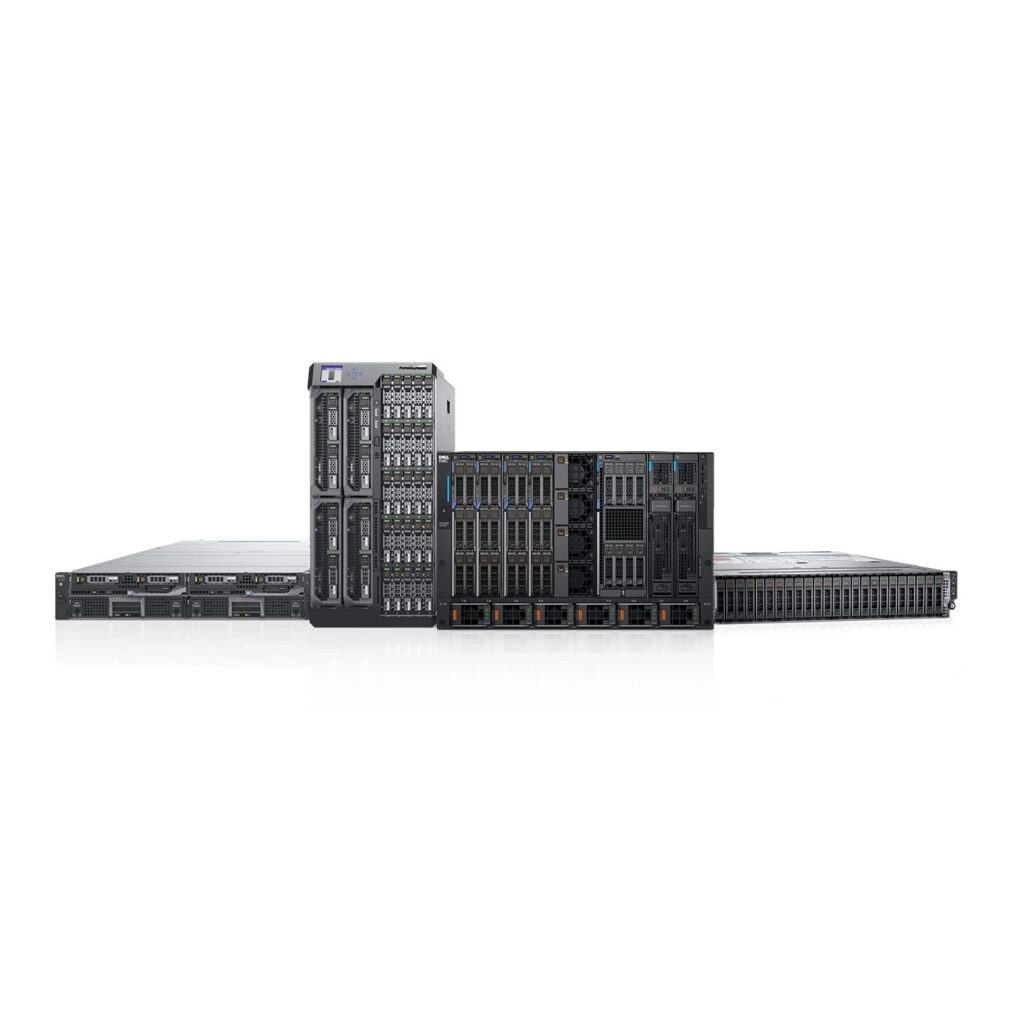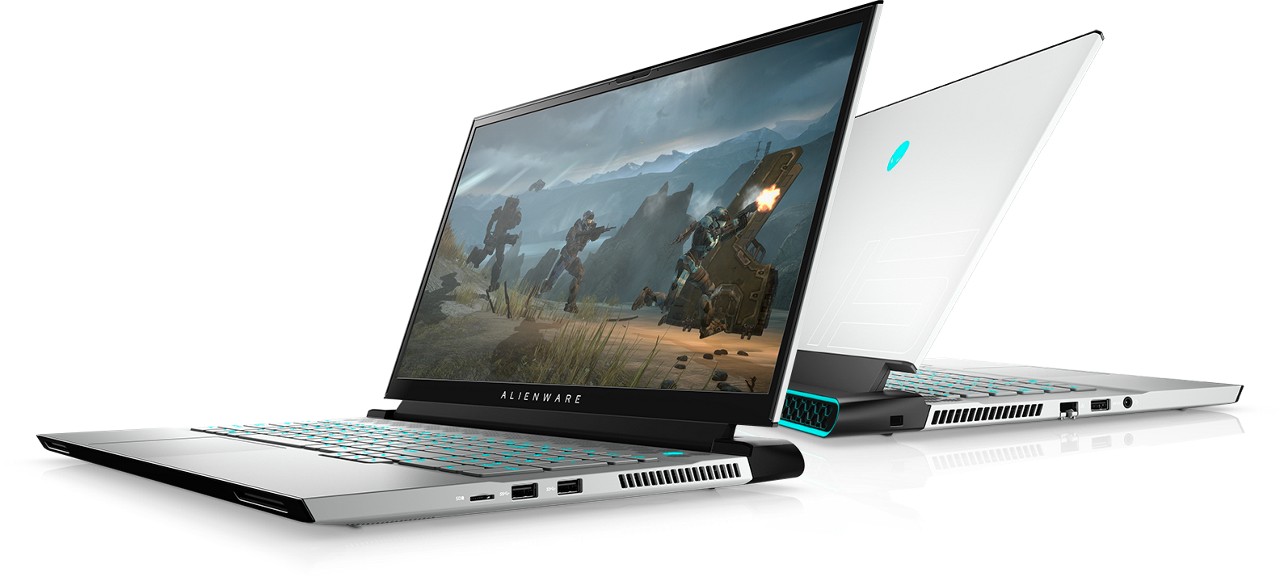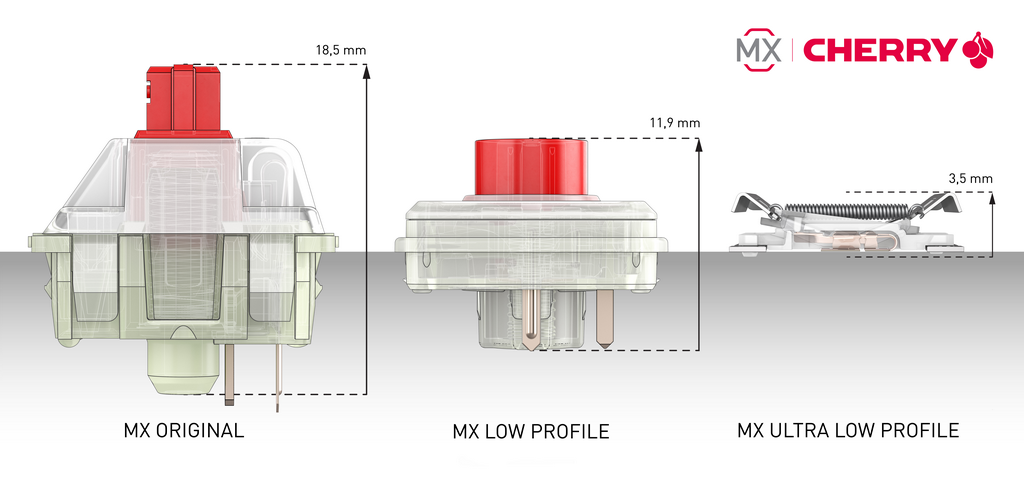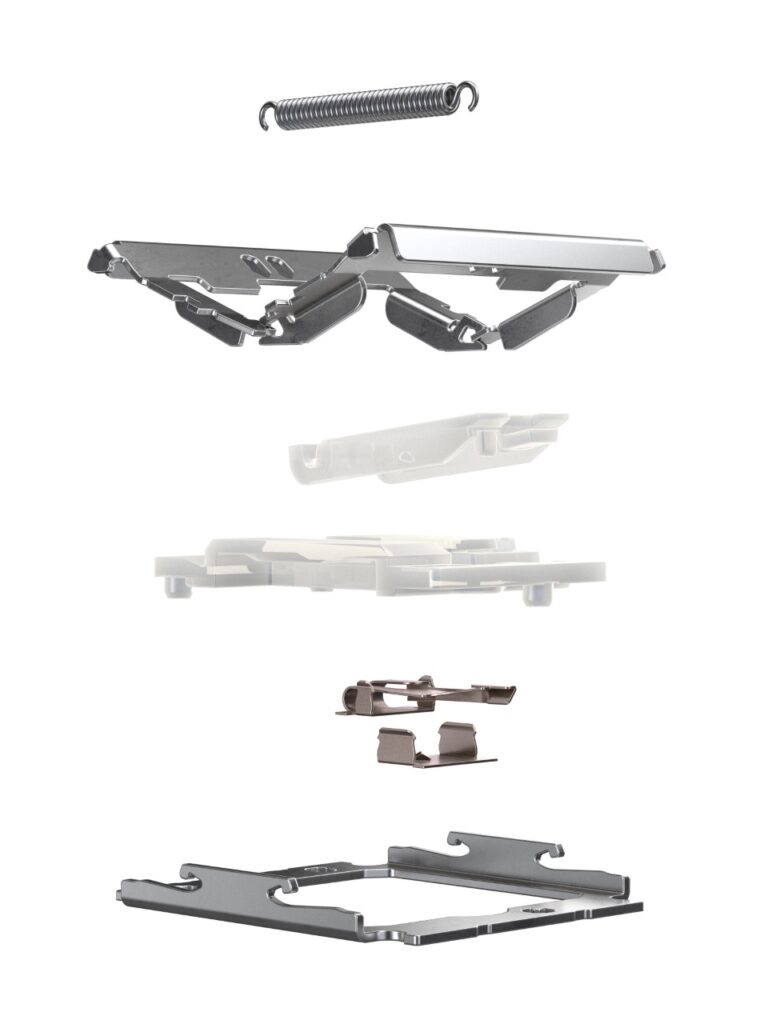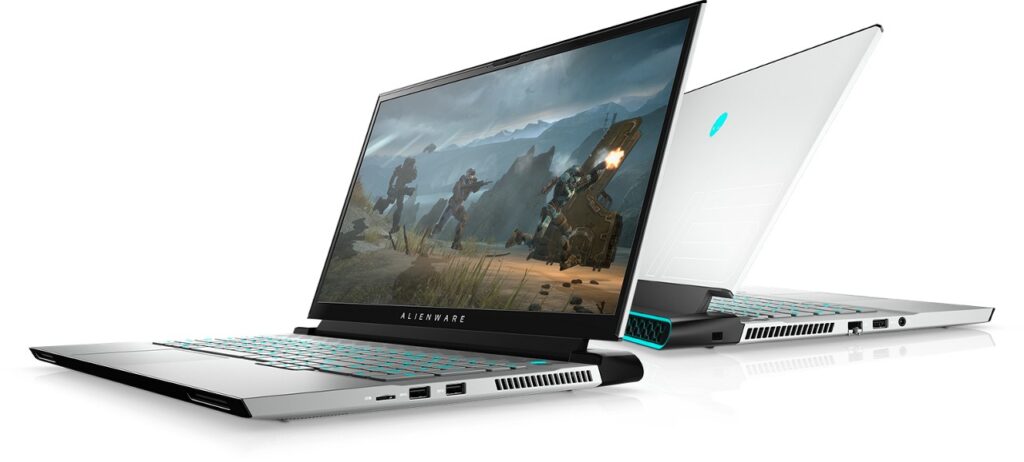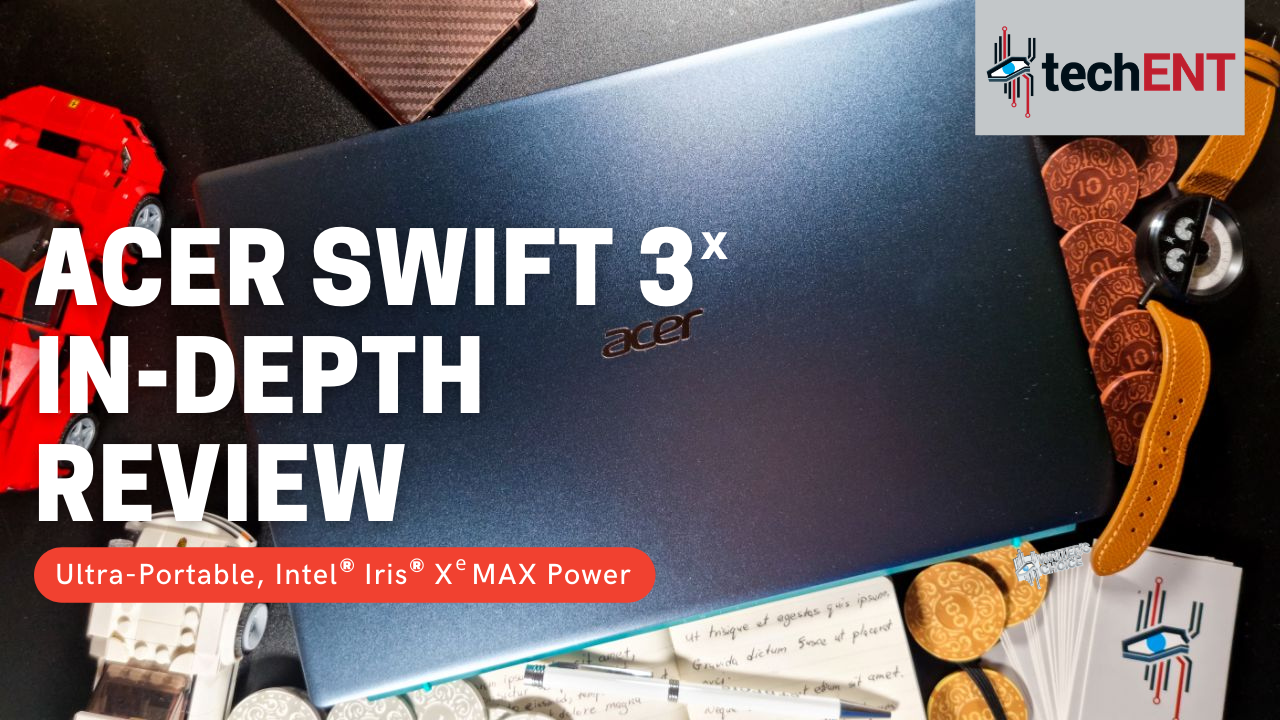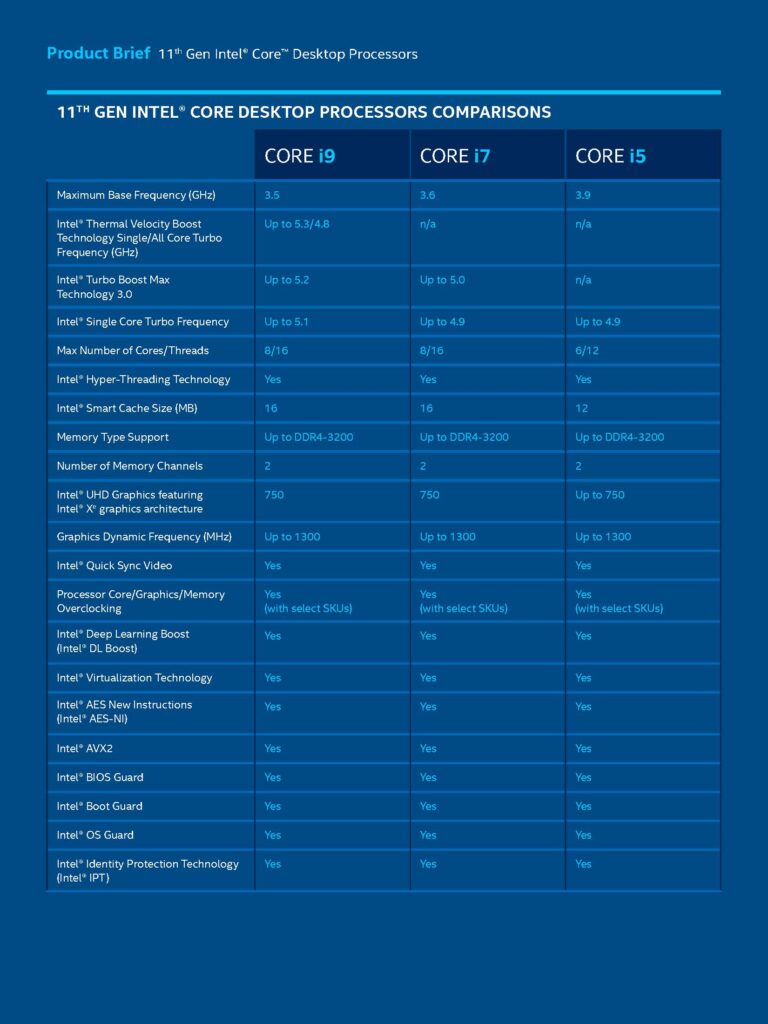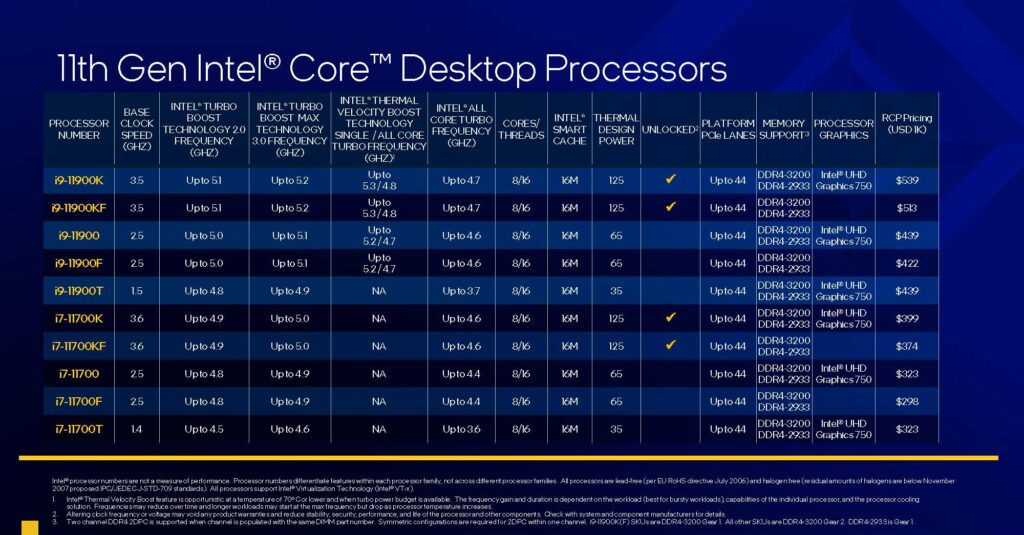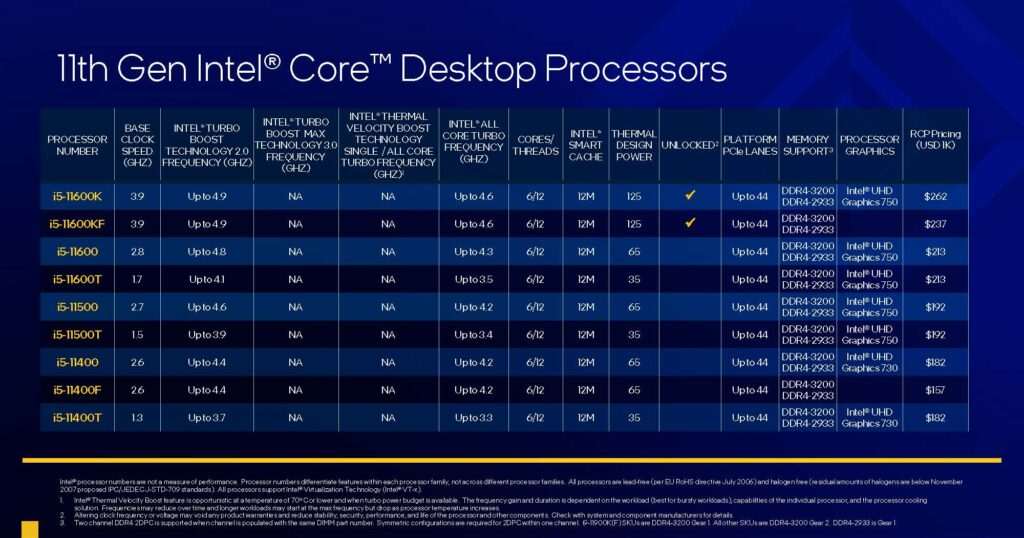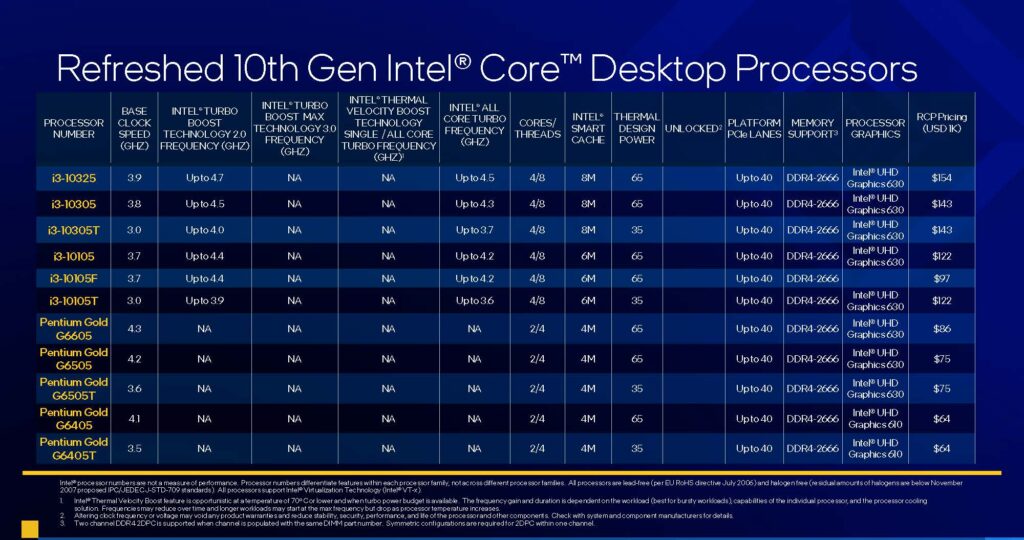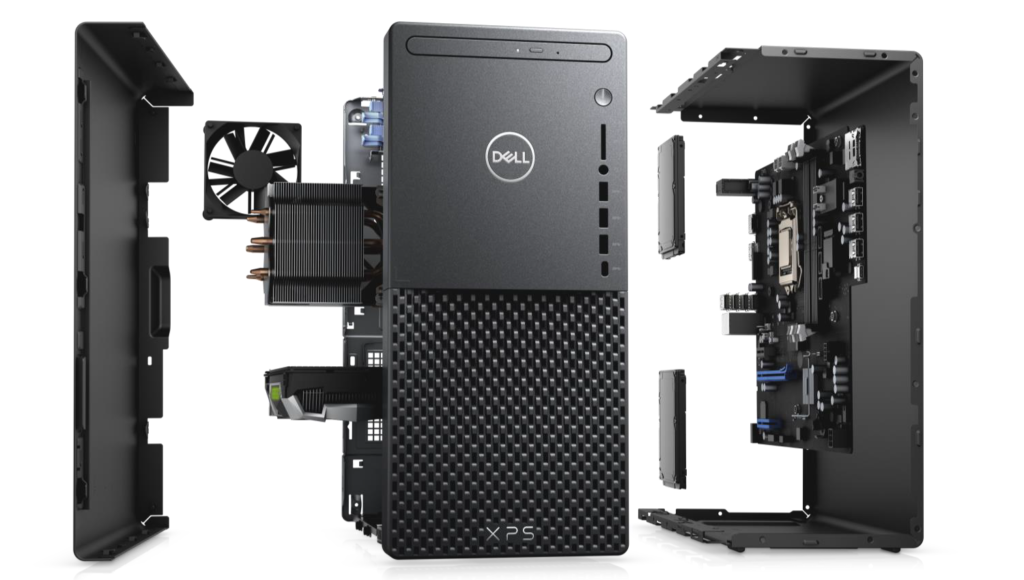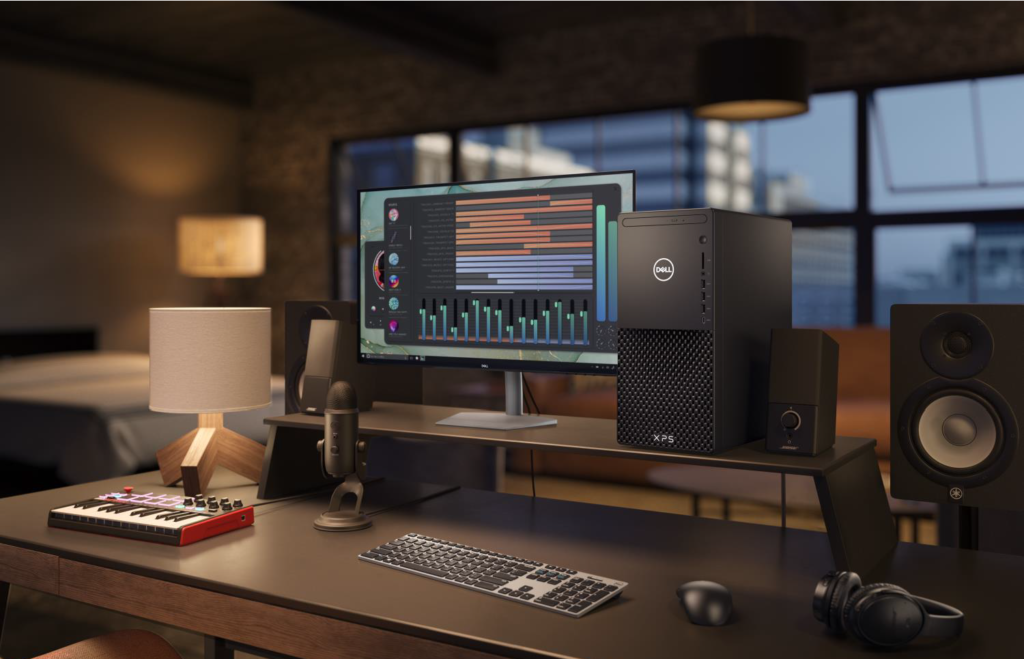Just as the Asia Pacific Predator League kicks off, Acer has taken the opportunity to refresh two of their most popular gaming laptops: the Nitro 5 and the Helios 300. The two gaming laptops come with refreshed graphics and processors for better gaming prowess.
The Predator Helios 300 gains the honour of being the first Predator laptop to come with NVIDIA’s RTX3060 graphics processor. The new setup comes with either the 10th generation Intel Core i5-10500H or the 10th generation Intel Core i7-10870H processors. The processor is paired with 8GB of DDR4 RAM. If you need more power, the laptop supports up to 32GB of RAM. In addition, it comes with 512GB of SSD with an addition NVMe and HDD slot for expansion. The Helios 300 comes with a 15.6-inch IPS display with Full HD resolution and 144Hz refresh rate. It’s complemented with DTS:X Ultra audio and 3D simulated surround sound. Acer has also packed its signature dual AeroBlade 3D fans for more efficient cooling to ensure your gaming sessions aren’t perturbed by overheating.
Acer’s Nitro 5, on the other hand, comes with the 11th Generation Intel Core series processors with 8GB of DDR RAM clocked at 3200MHz. It’s complemented by the NVIDIA GeForce GTX1650 and 512GB of NVMe SSD memory. It also supports up to 32GB of RAM if you need to up the ante and also has an extra M.2 slot for more storage. It also comes with a 15.6-inch IPS display with a 144Hz refresh rate and Full HD resolution.
Pricing & Availability

The Acer Nitro 5 gaming laptop is available at Acer authorised resellers nationwide and the Acer Online Stores. The Nitro 5 with the Core i7-11370H processor retails at MYR4,399 (USD$1,064.75) while the Core i5-11300H version will set you back MYR3,799 (USD$919.52).
The Predator Helios 500 is also available at the same channels for MYR5,299 (USD$1282.59) for the Core i5 version and MYR5,999 (USD$1452.02) for the Core i7 version.
If you purchase either one of these laptops during the Asia Pacific Predator League which happens between 6th to 11th April 2020, Acer is offering up to MYR638 (USD$154.42) worth of freebies including 3 Years McAfee Live Safe license worth RM299 and Acer Supercare 2 worth RM339.

